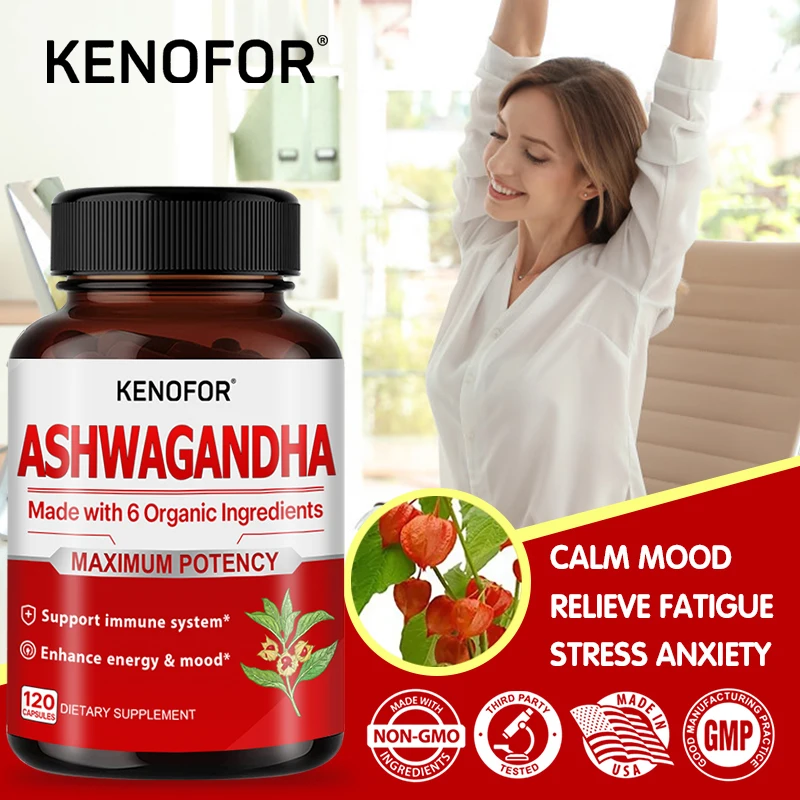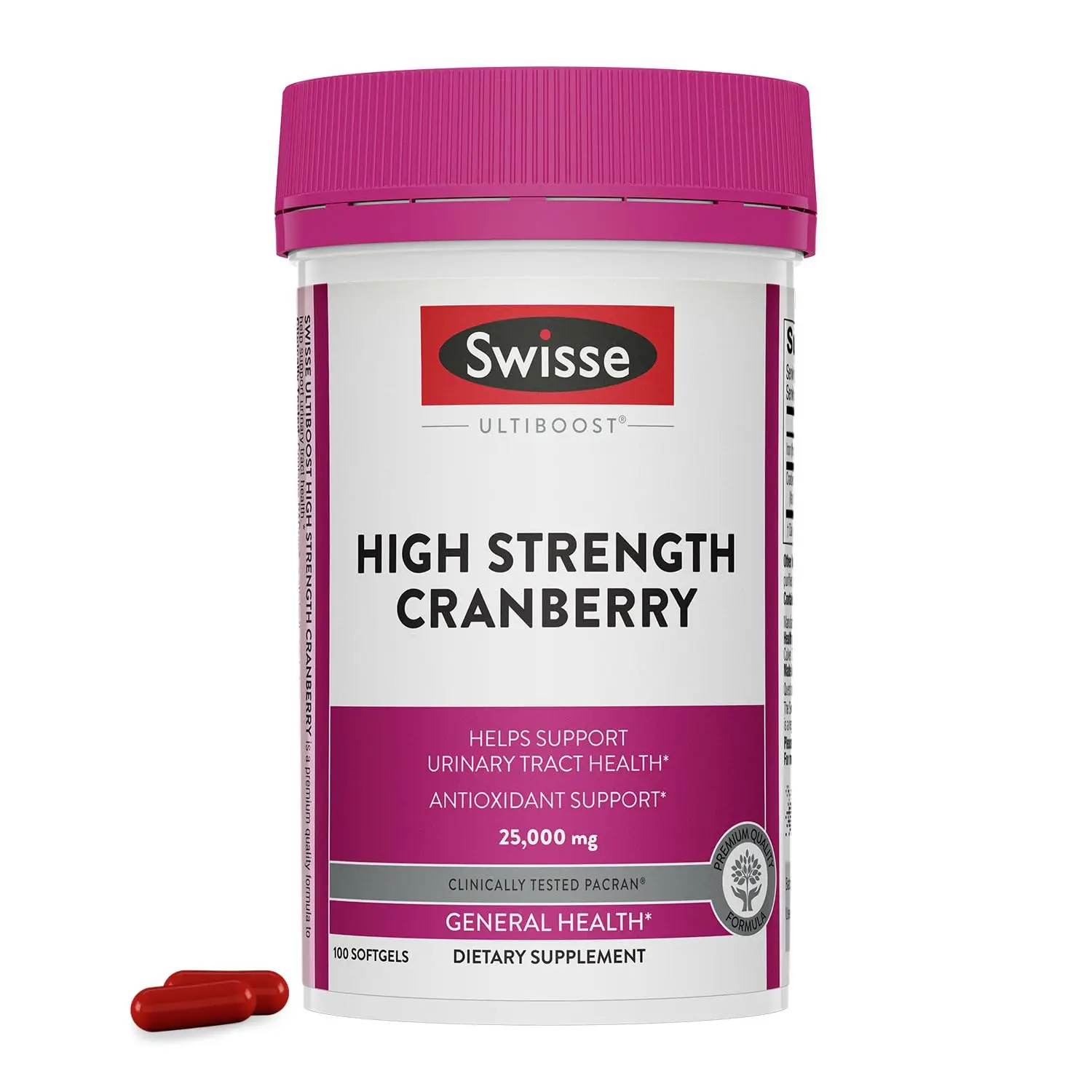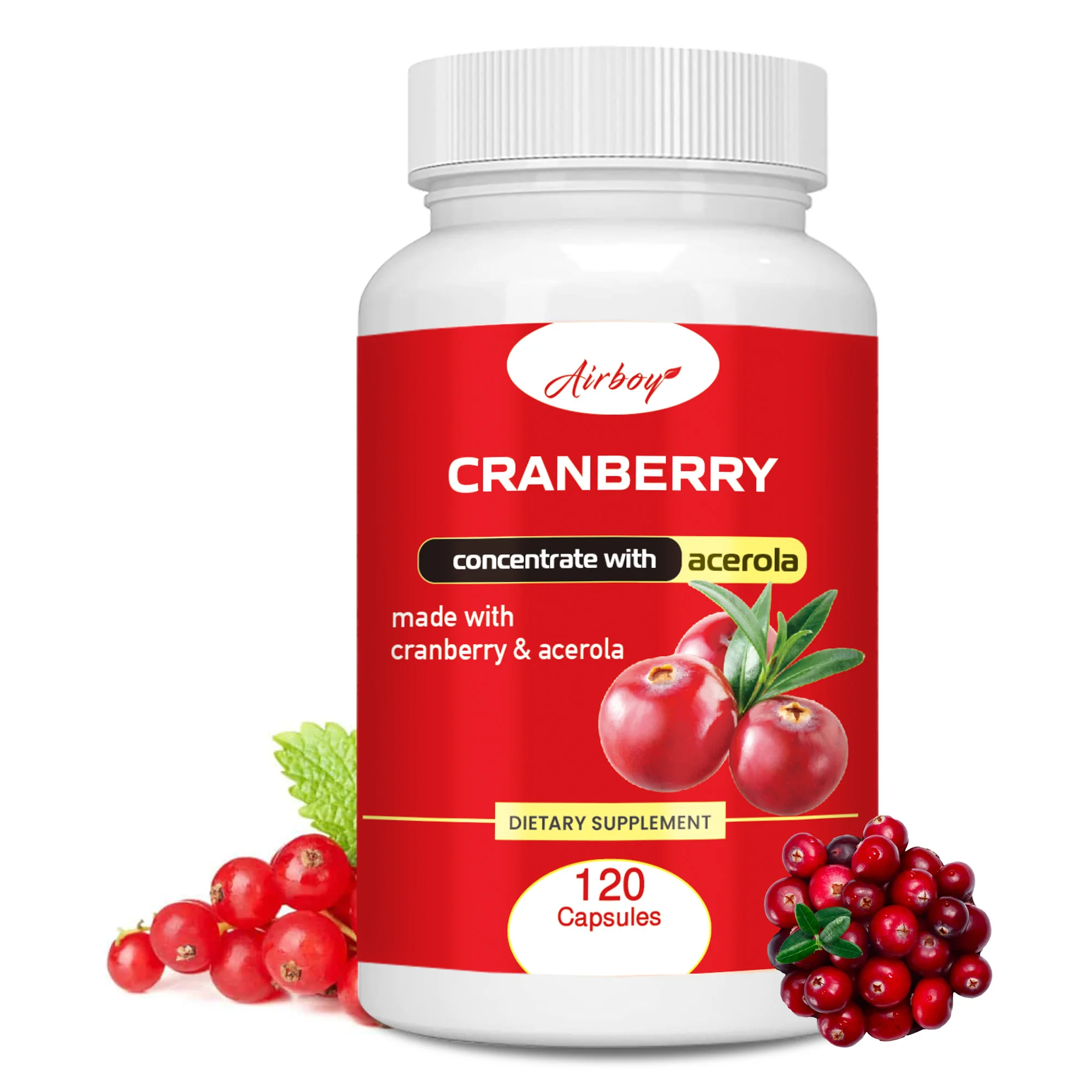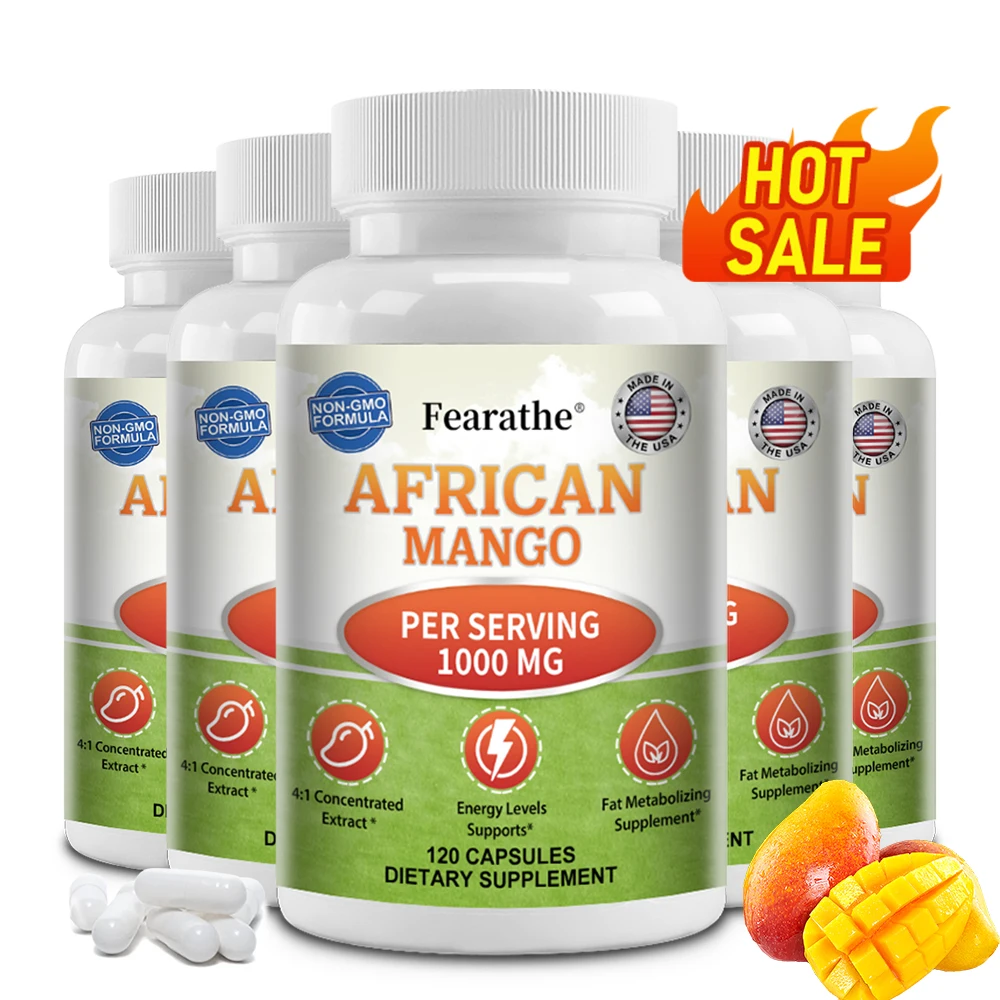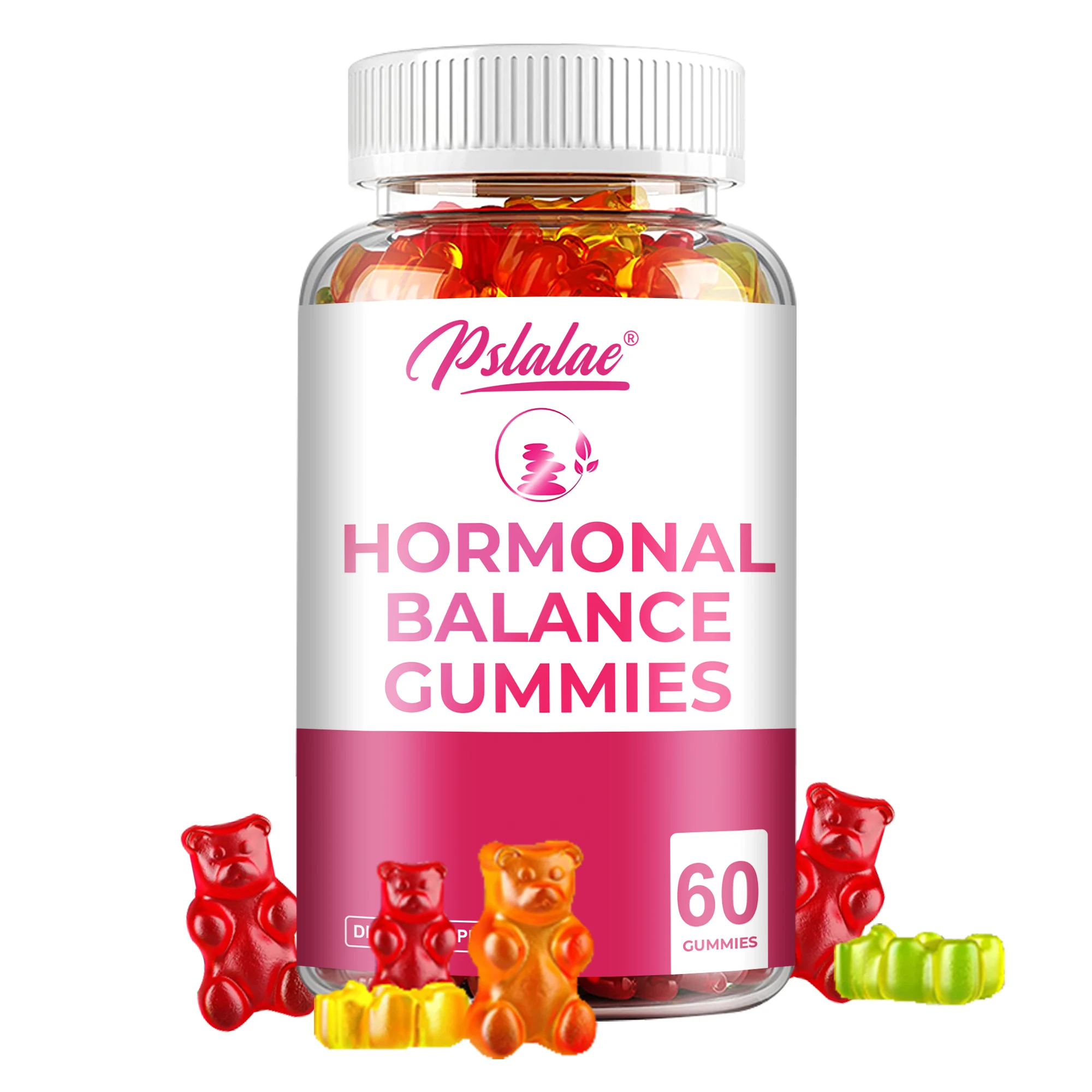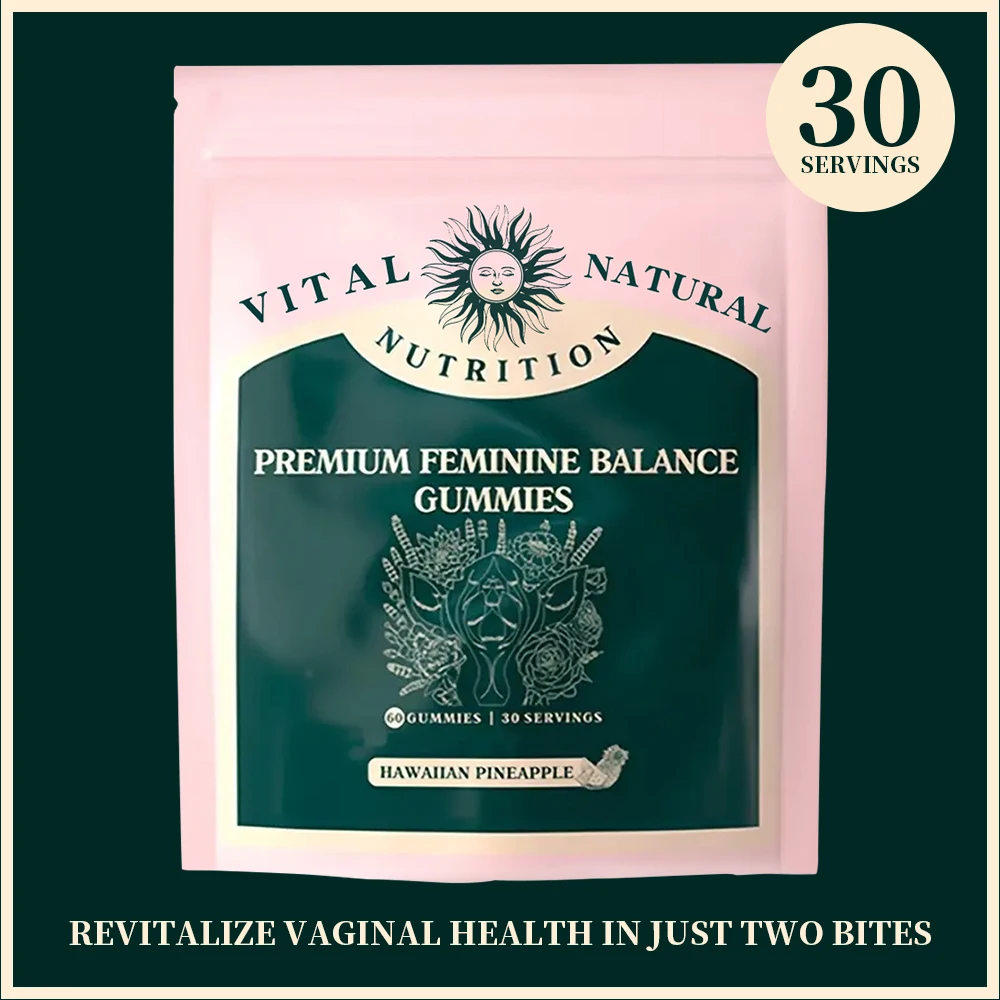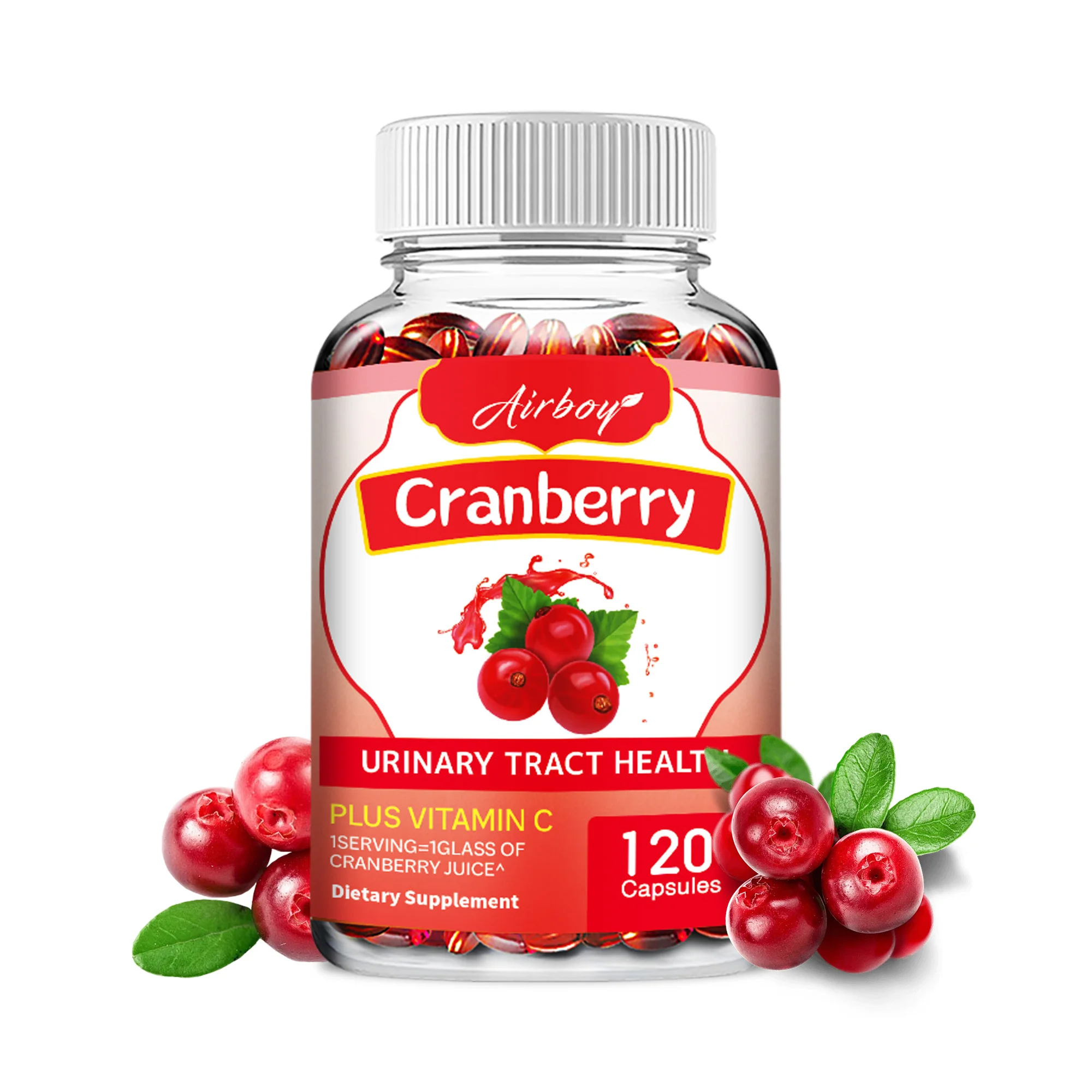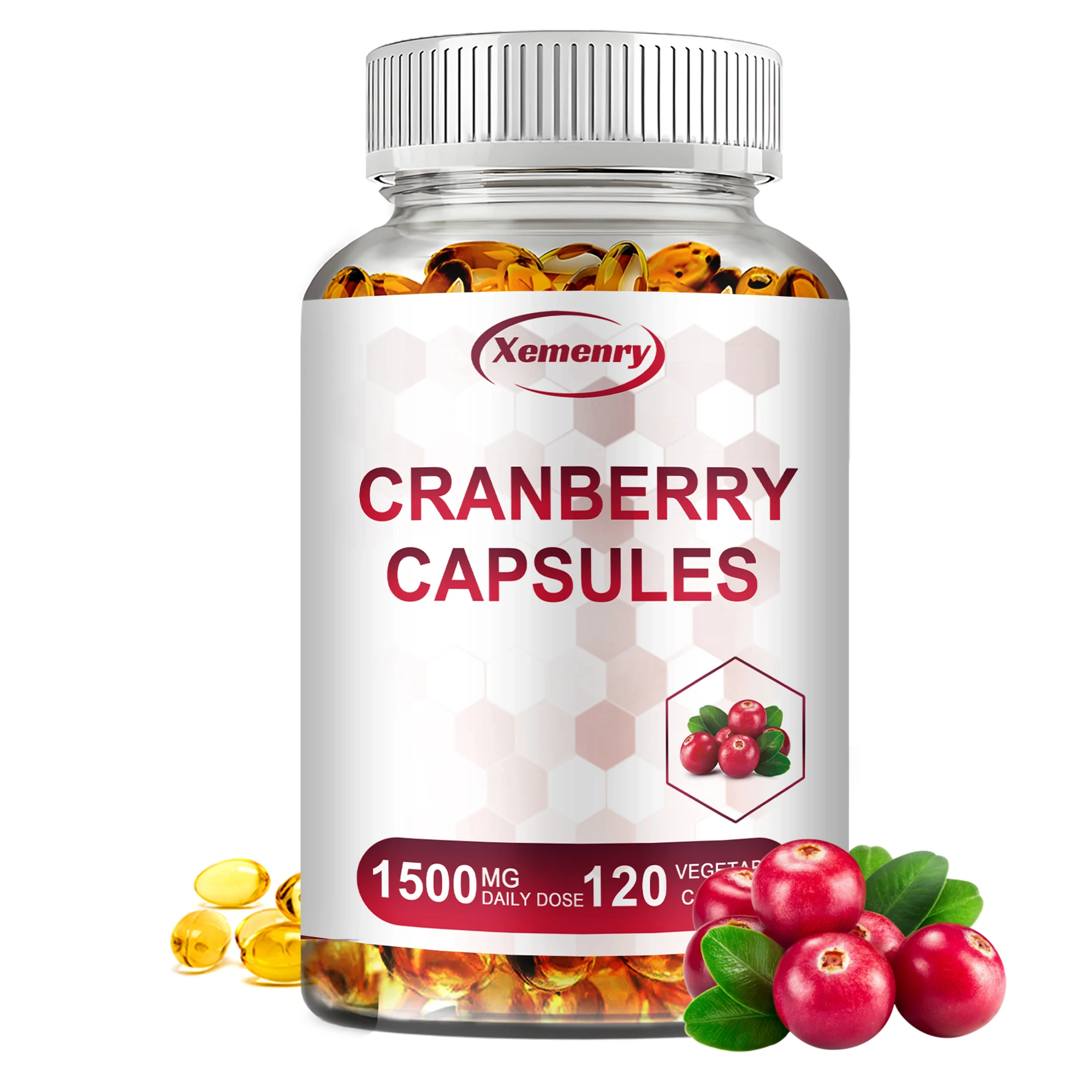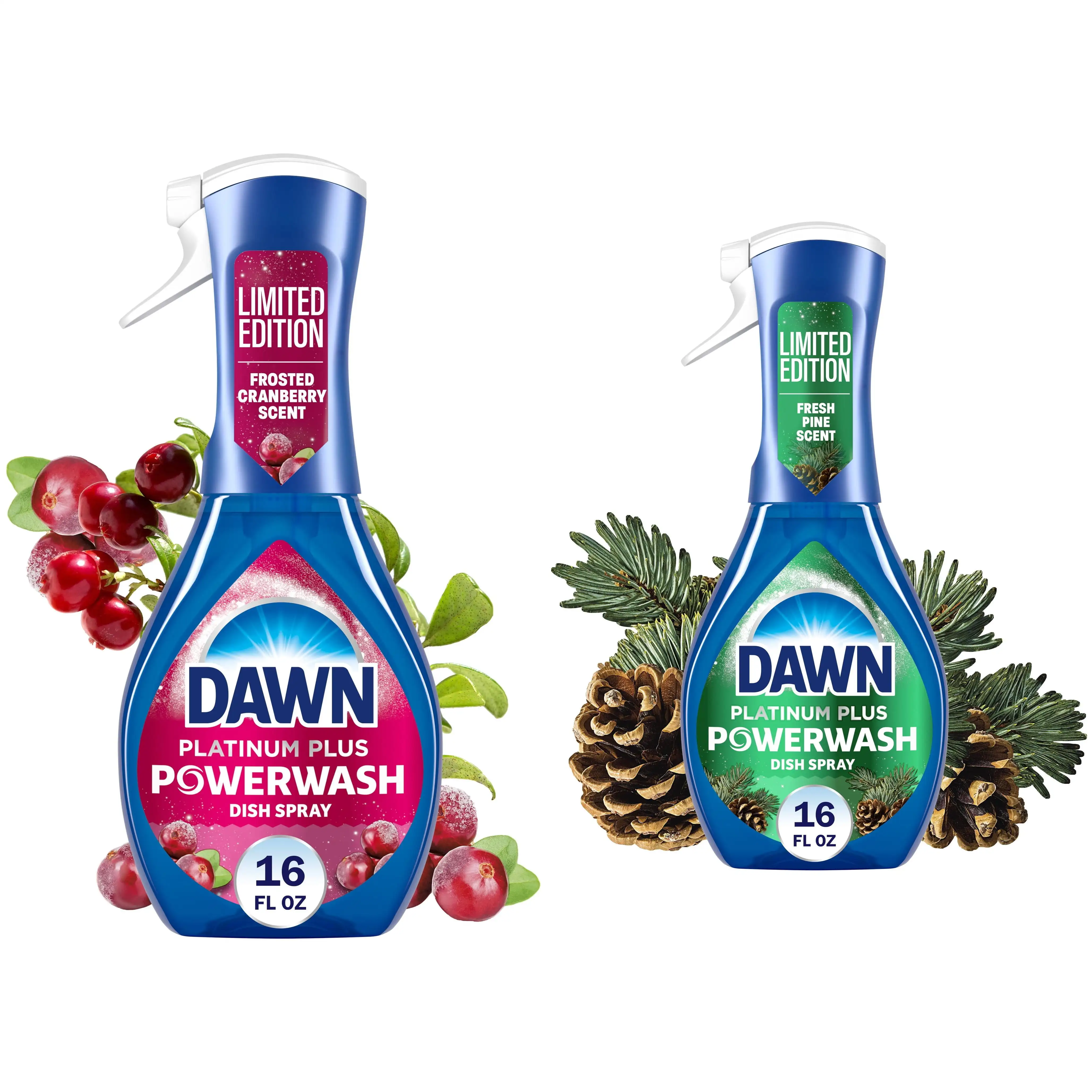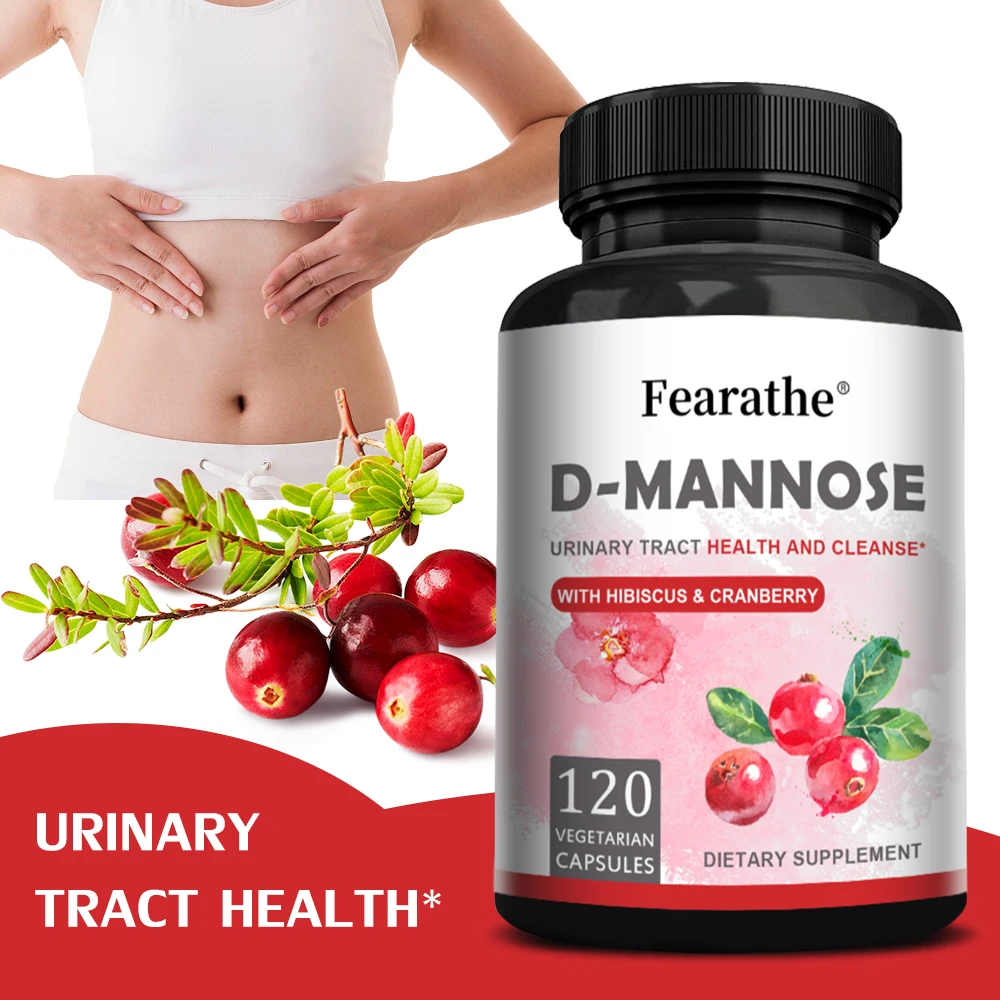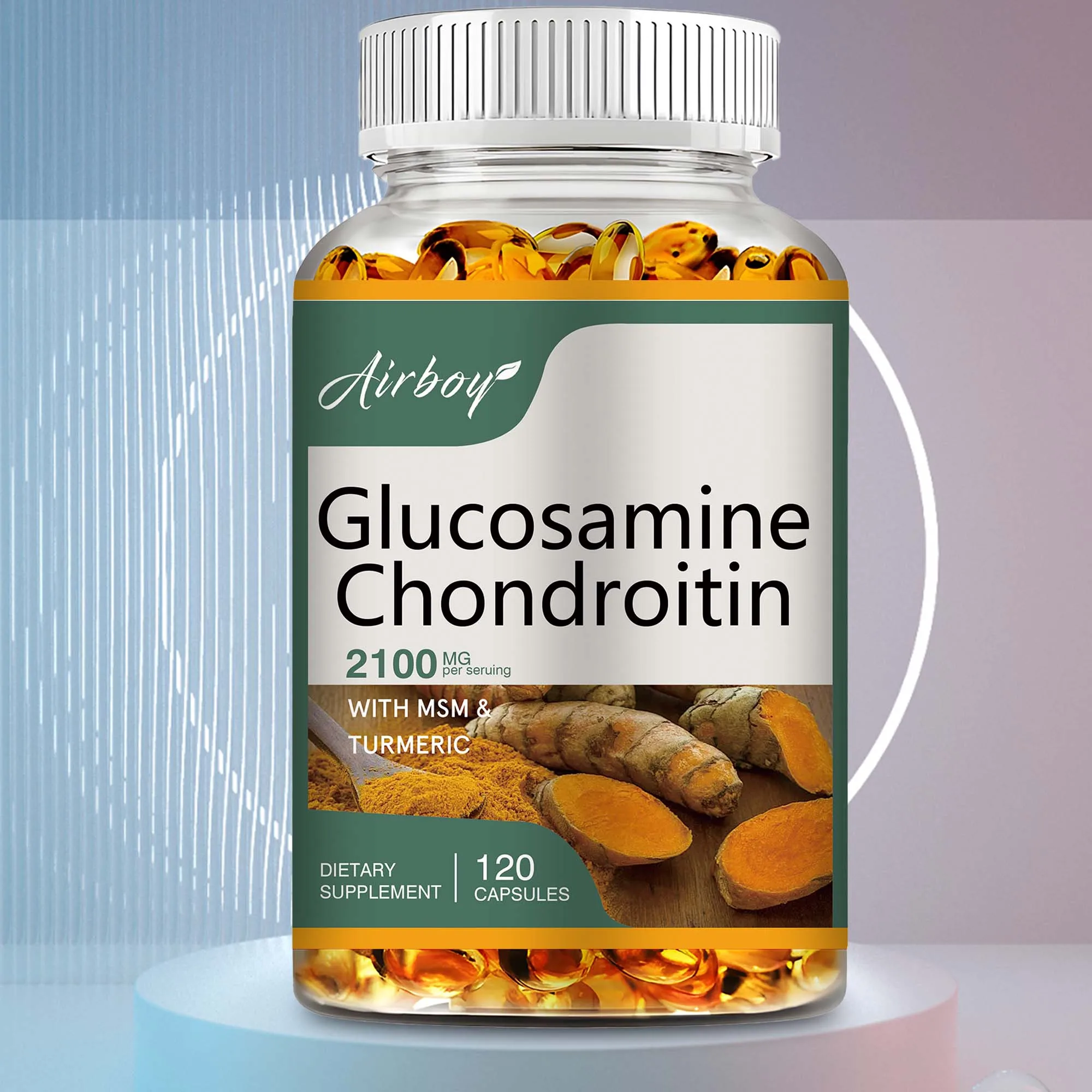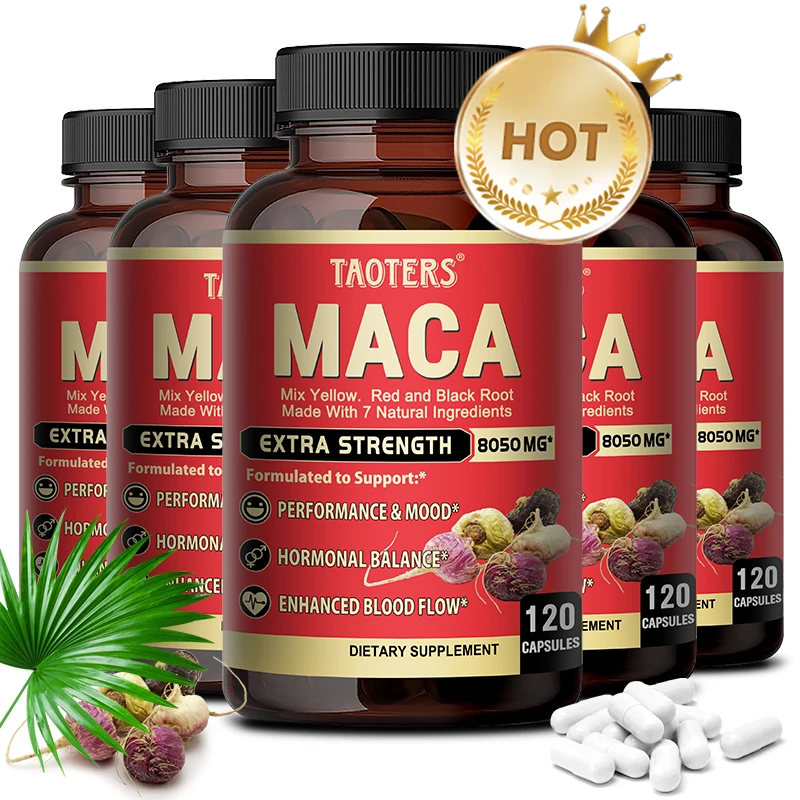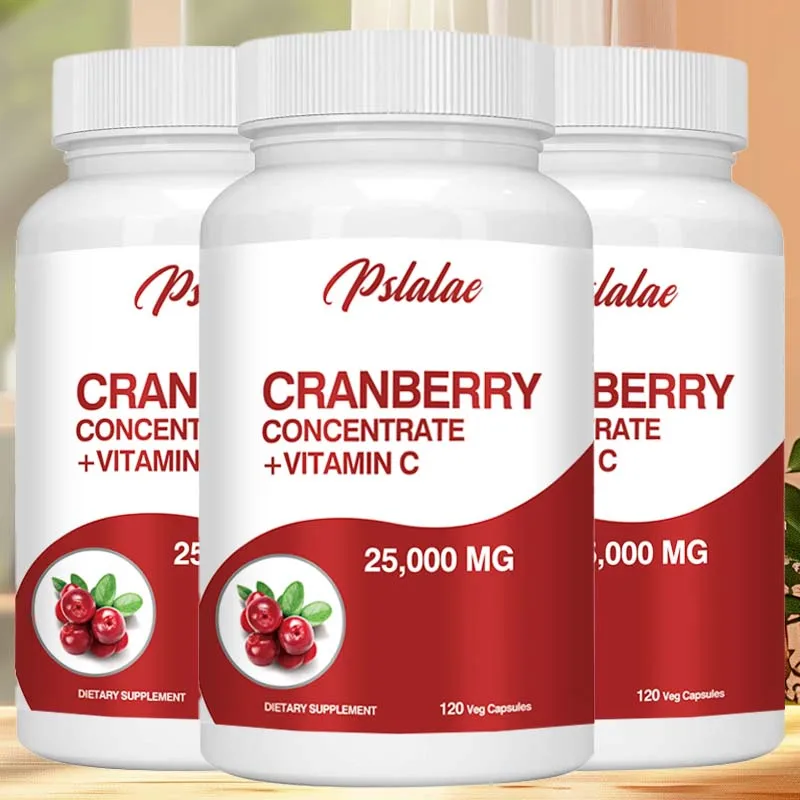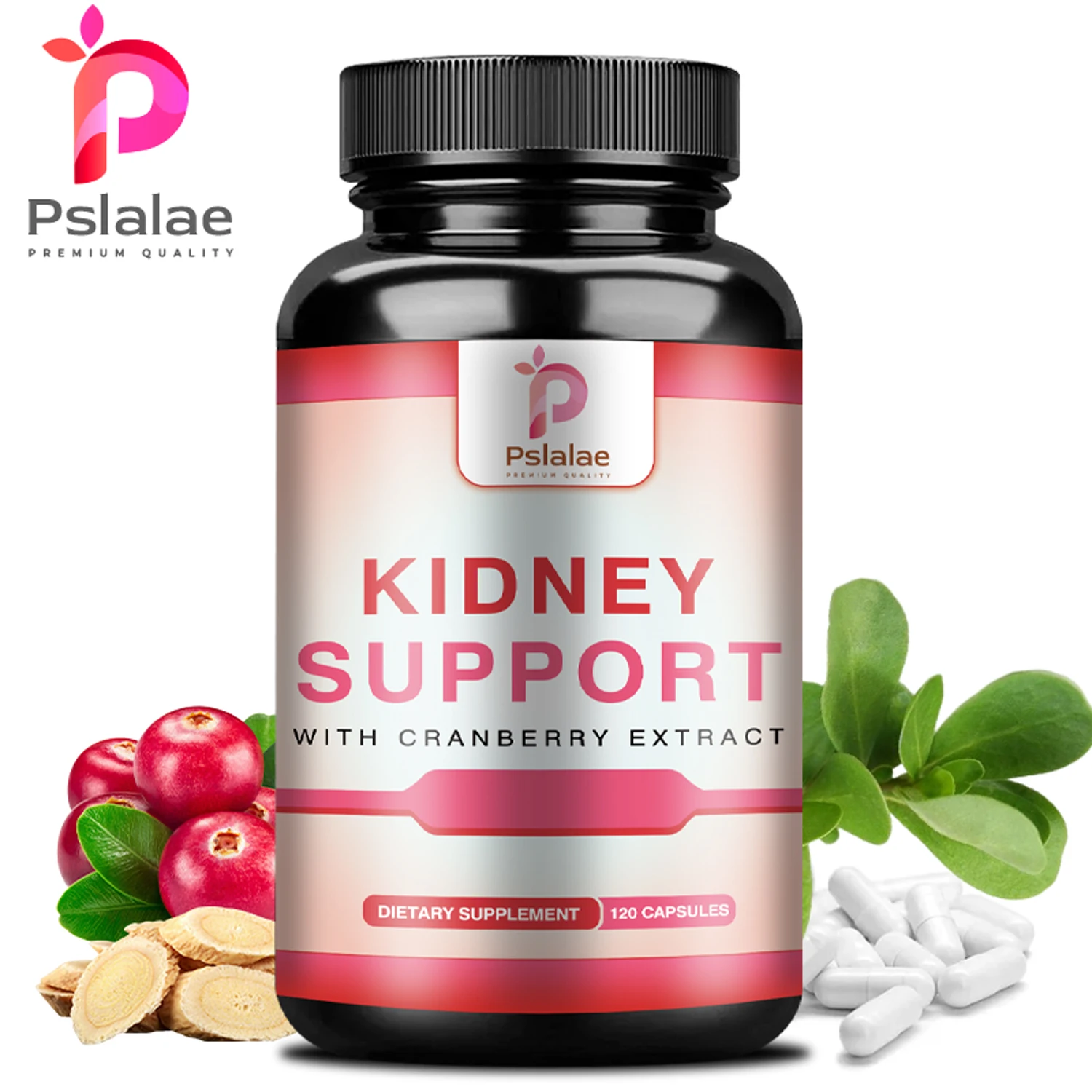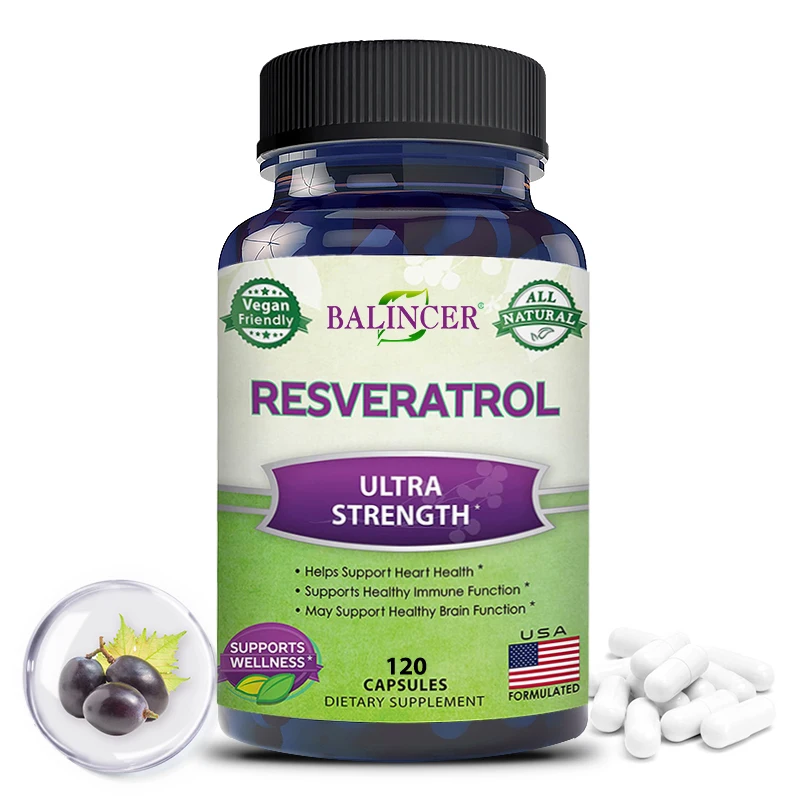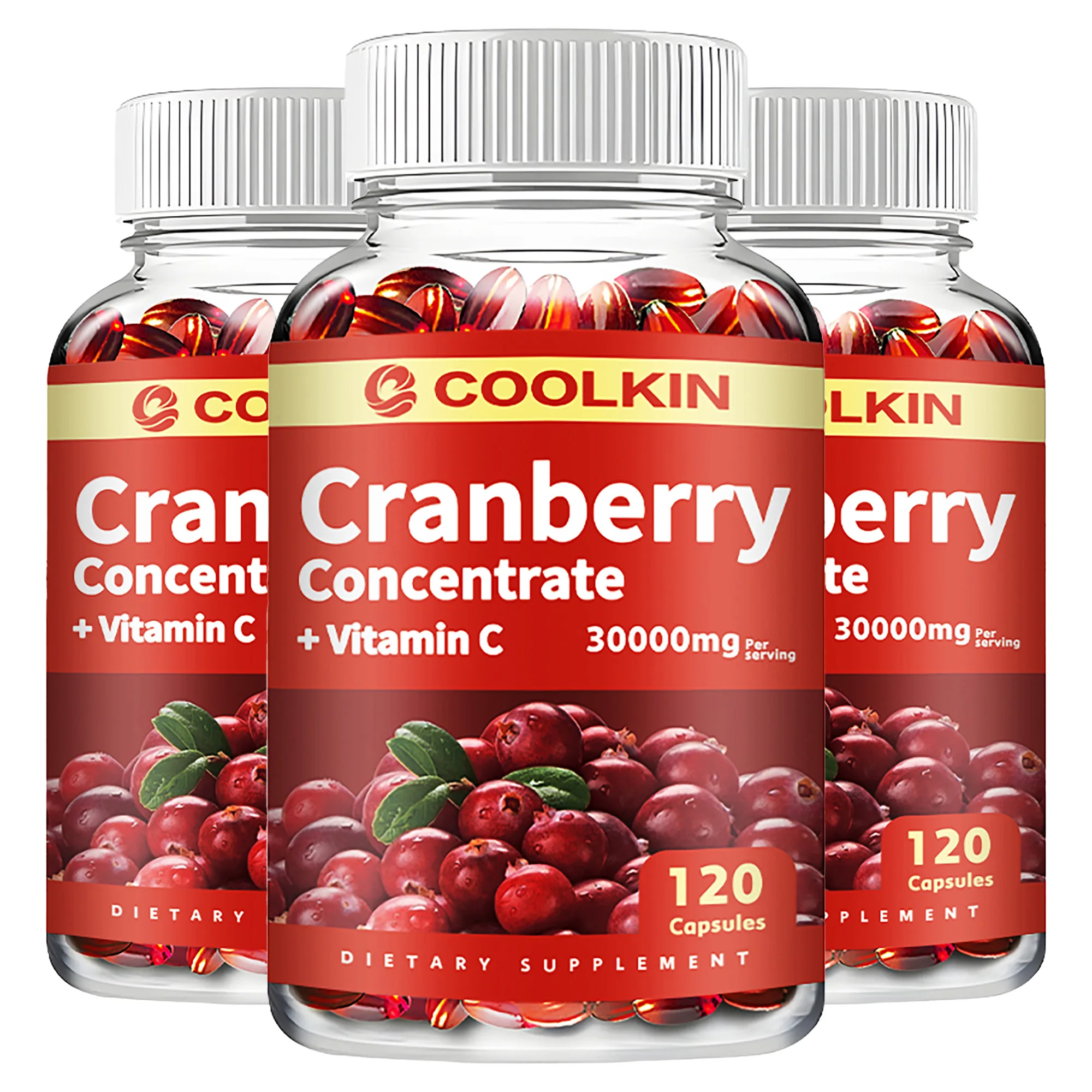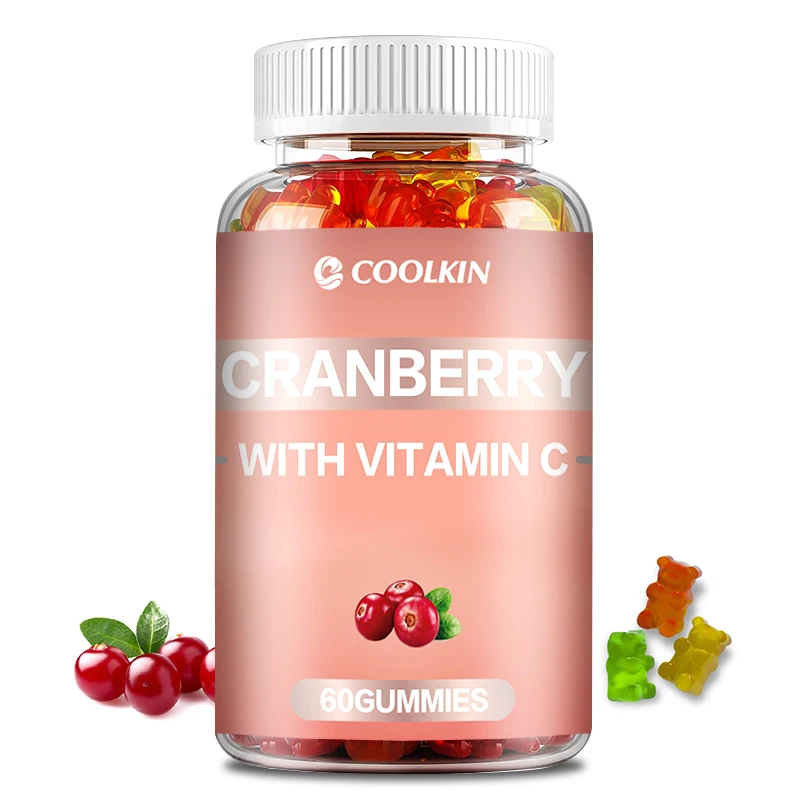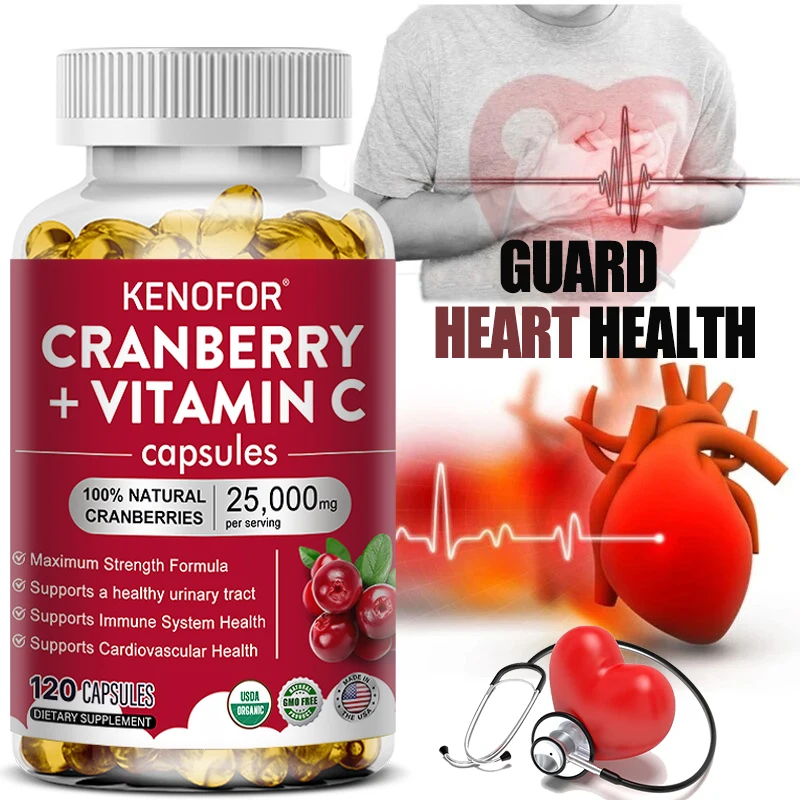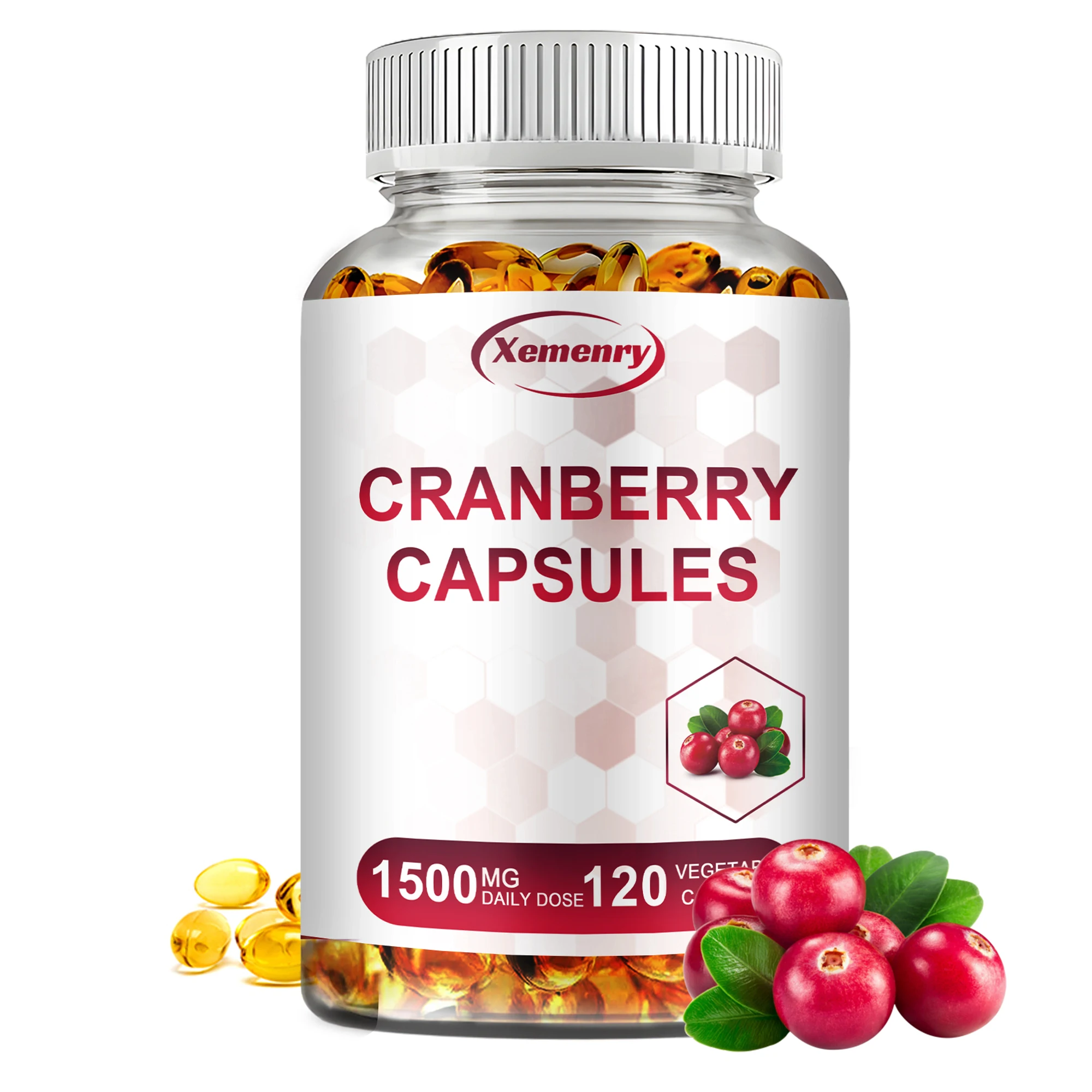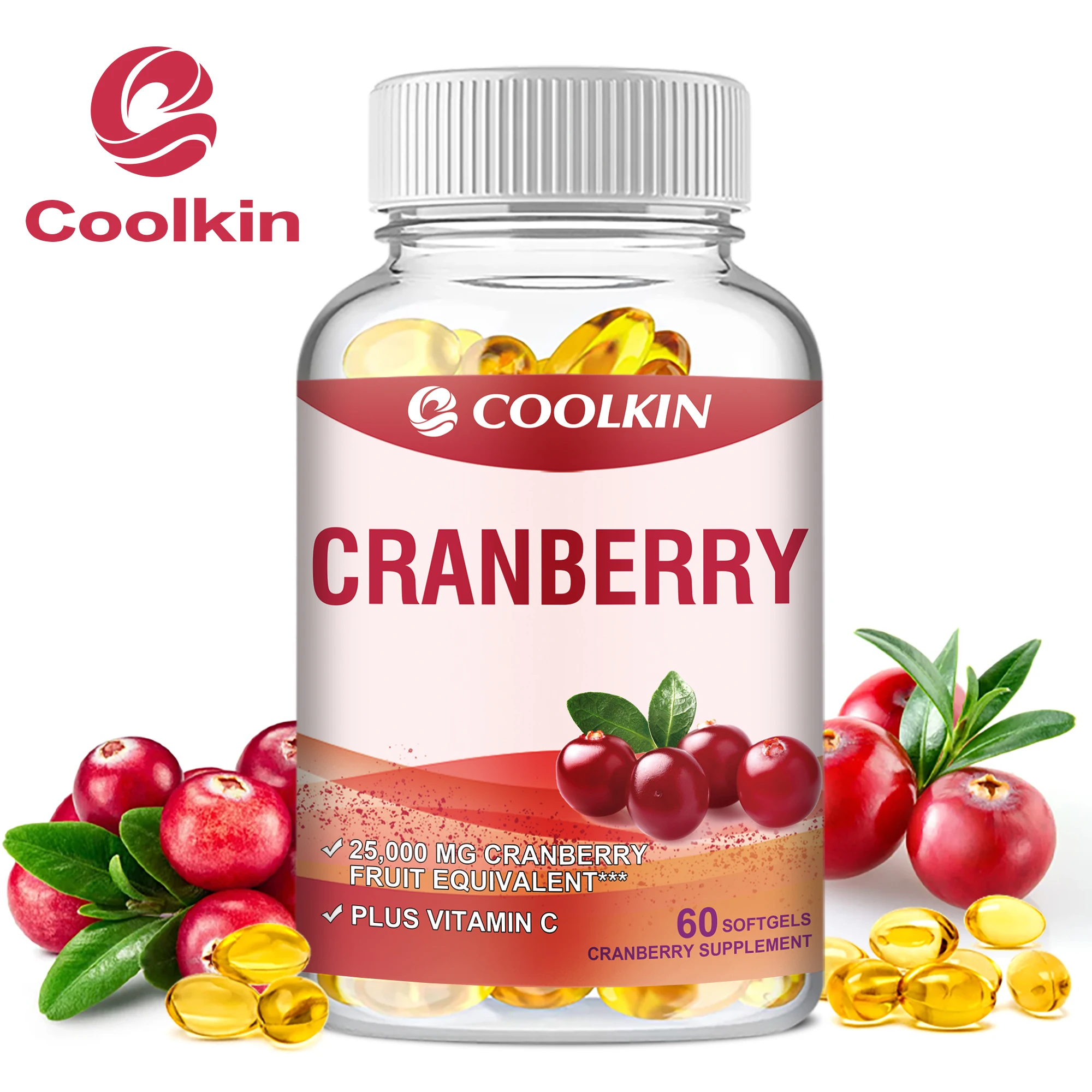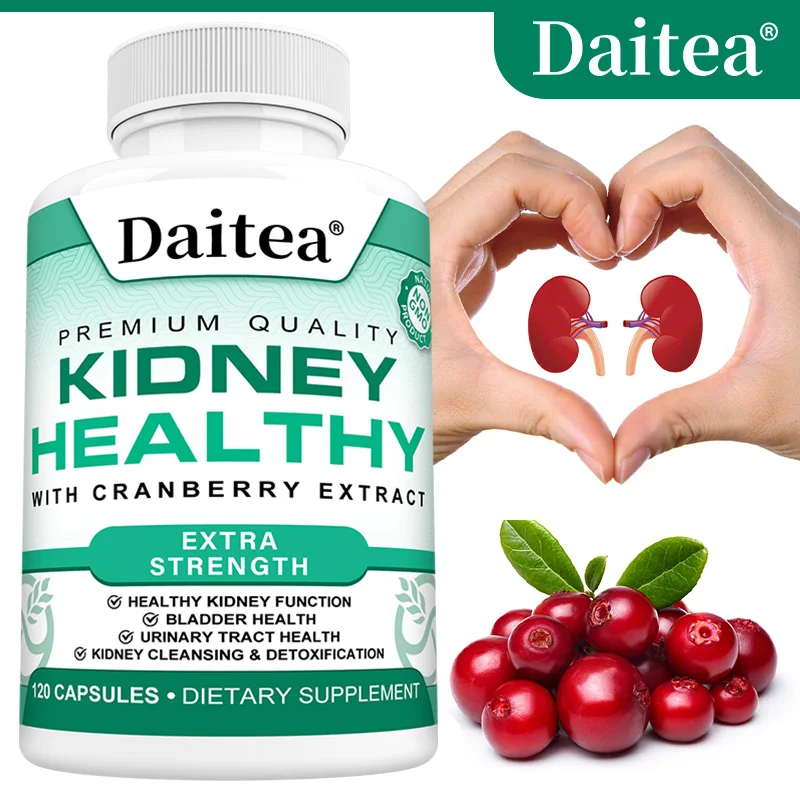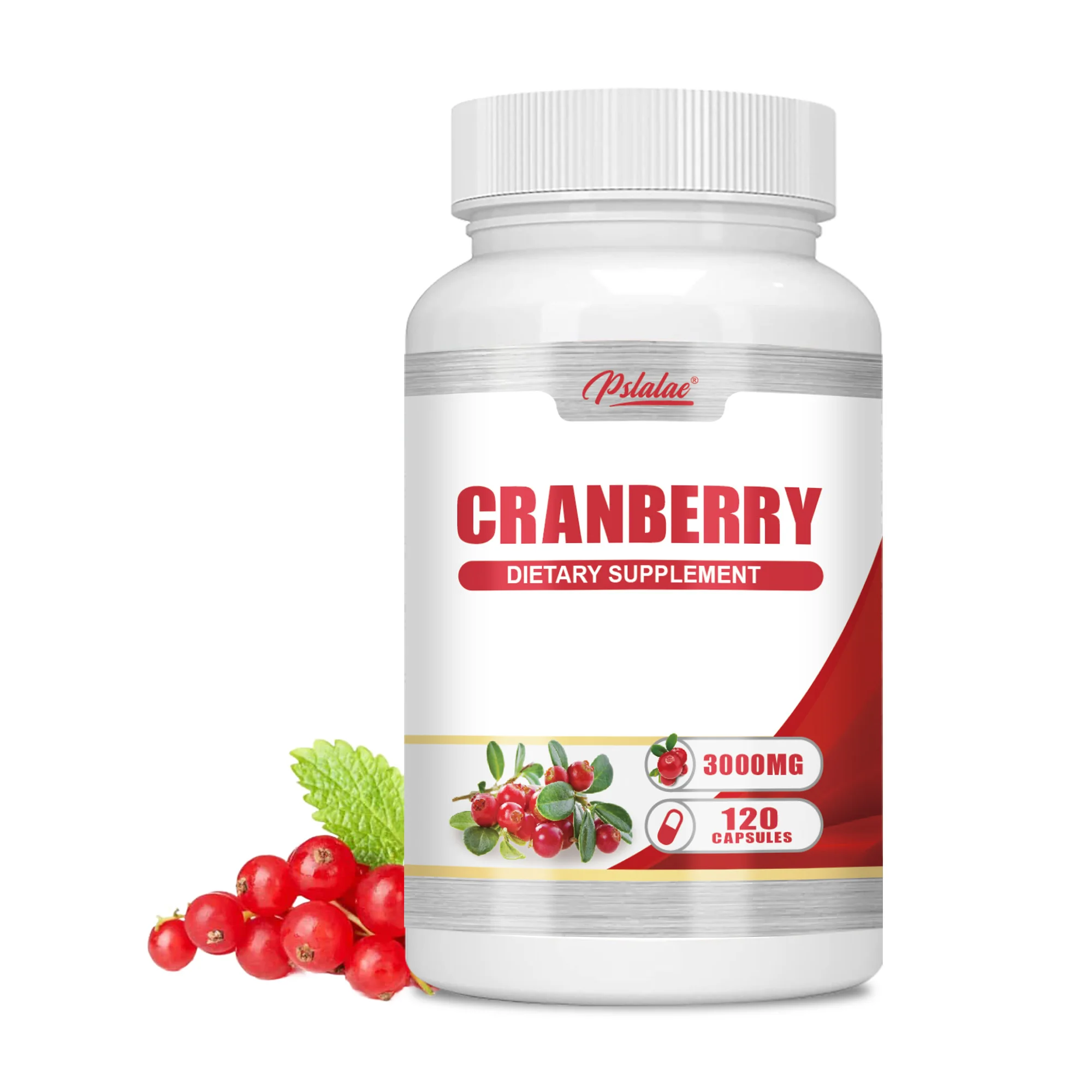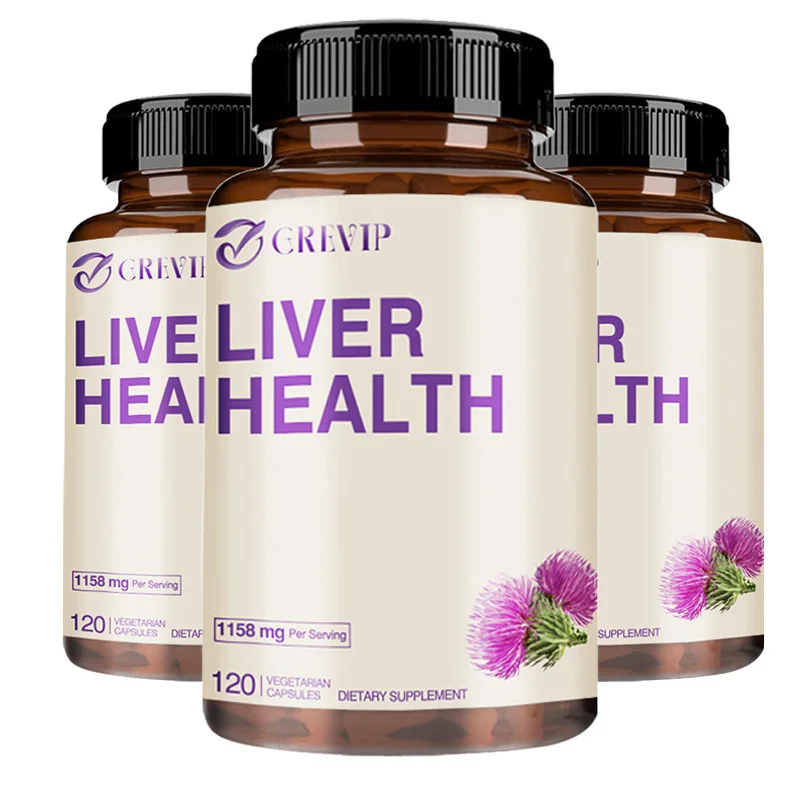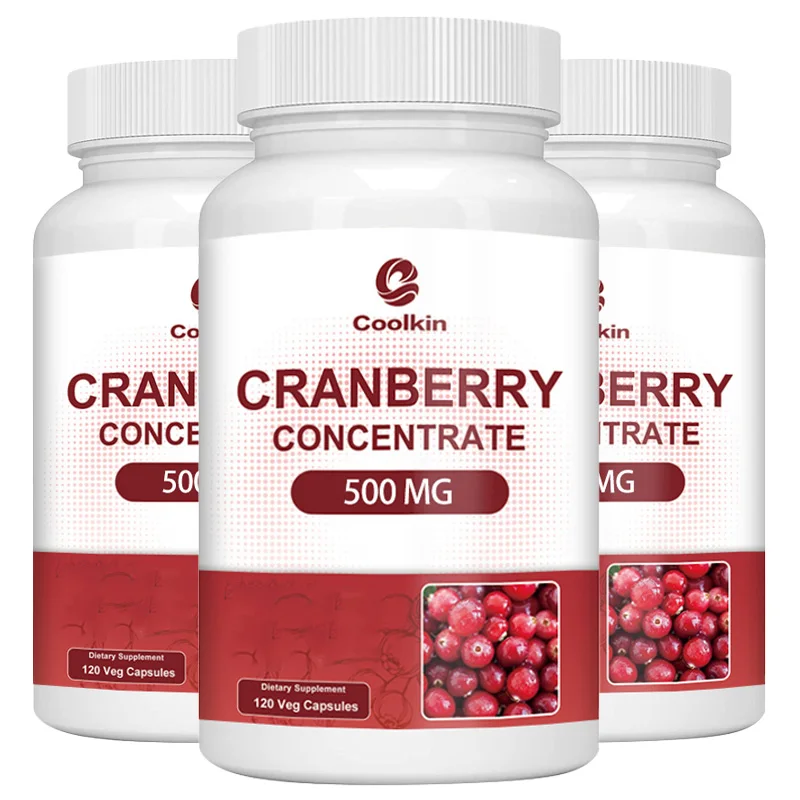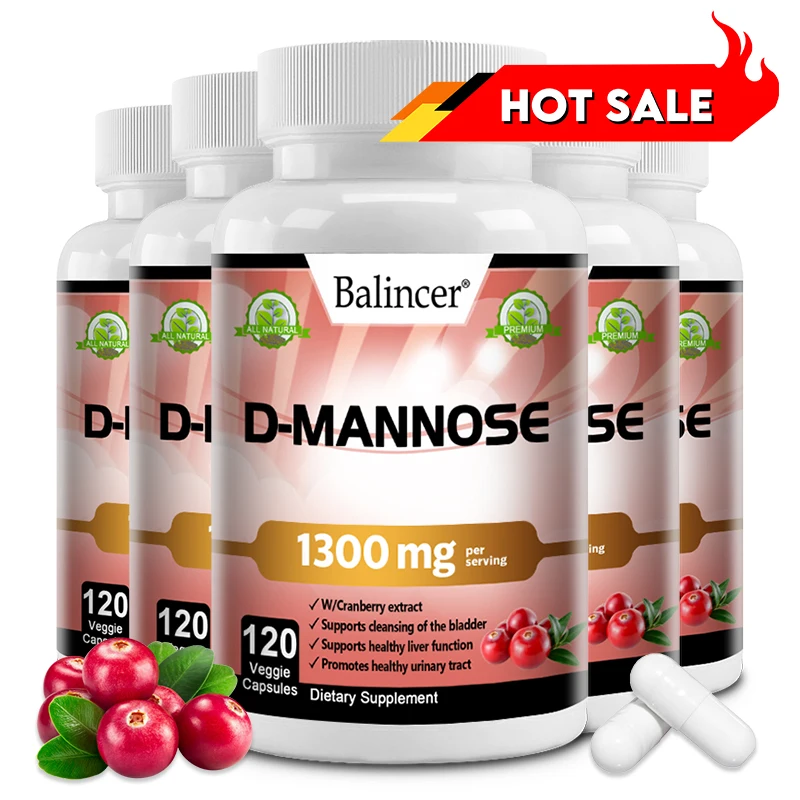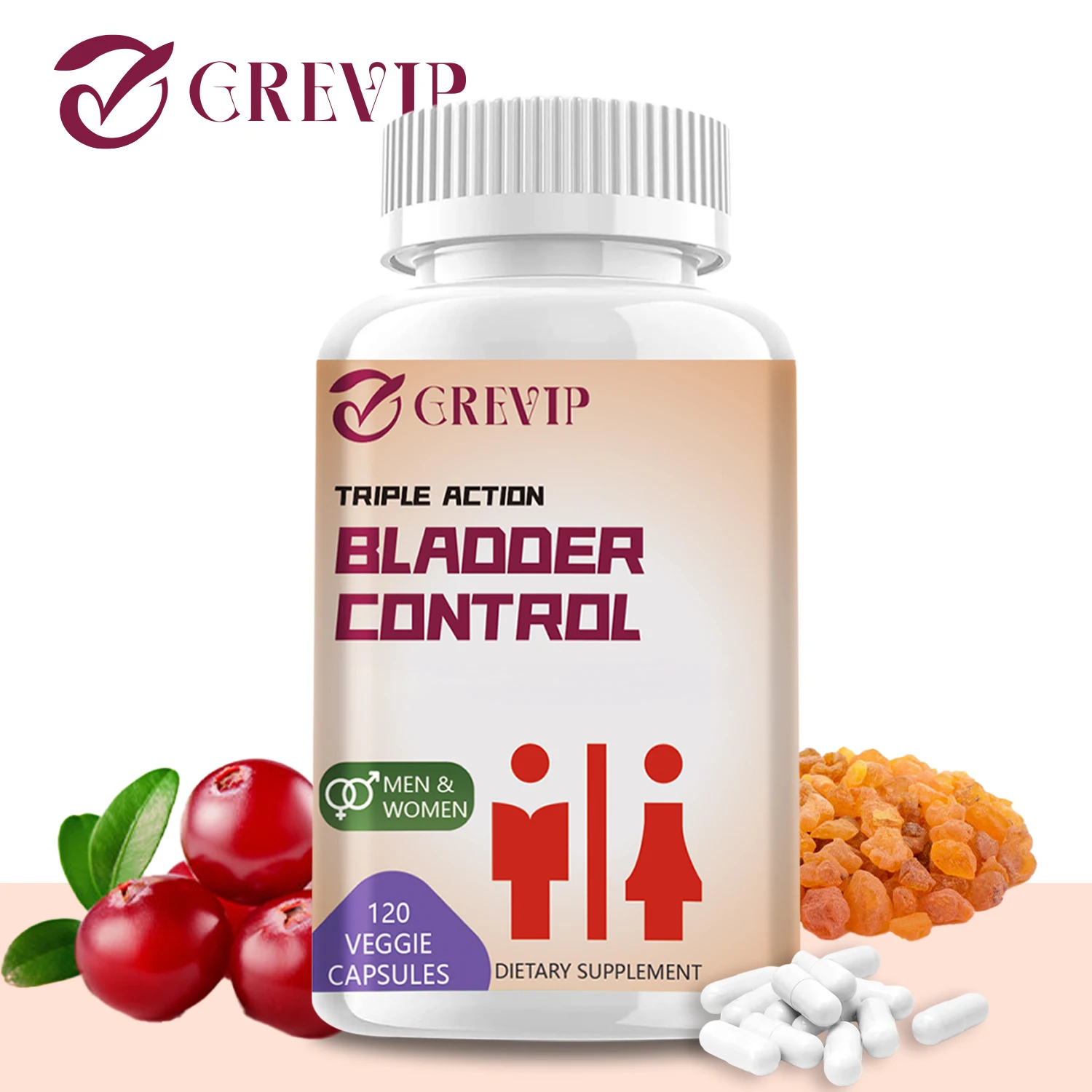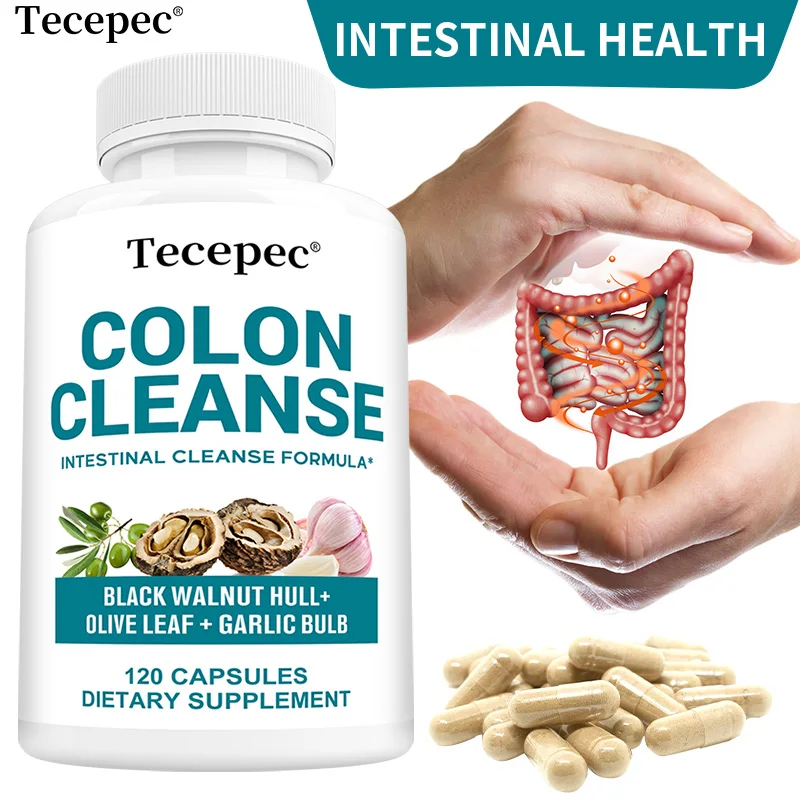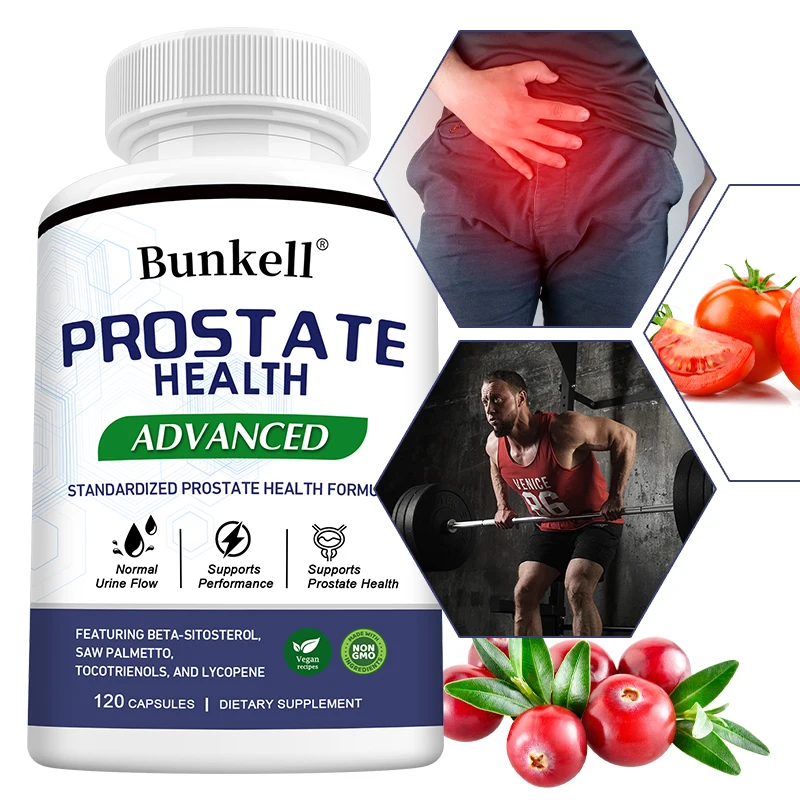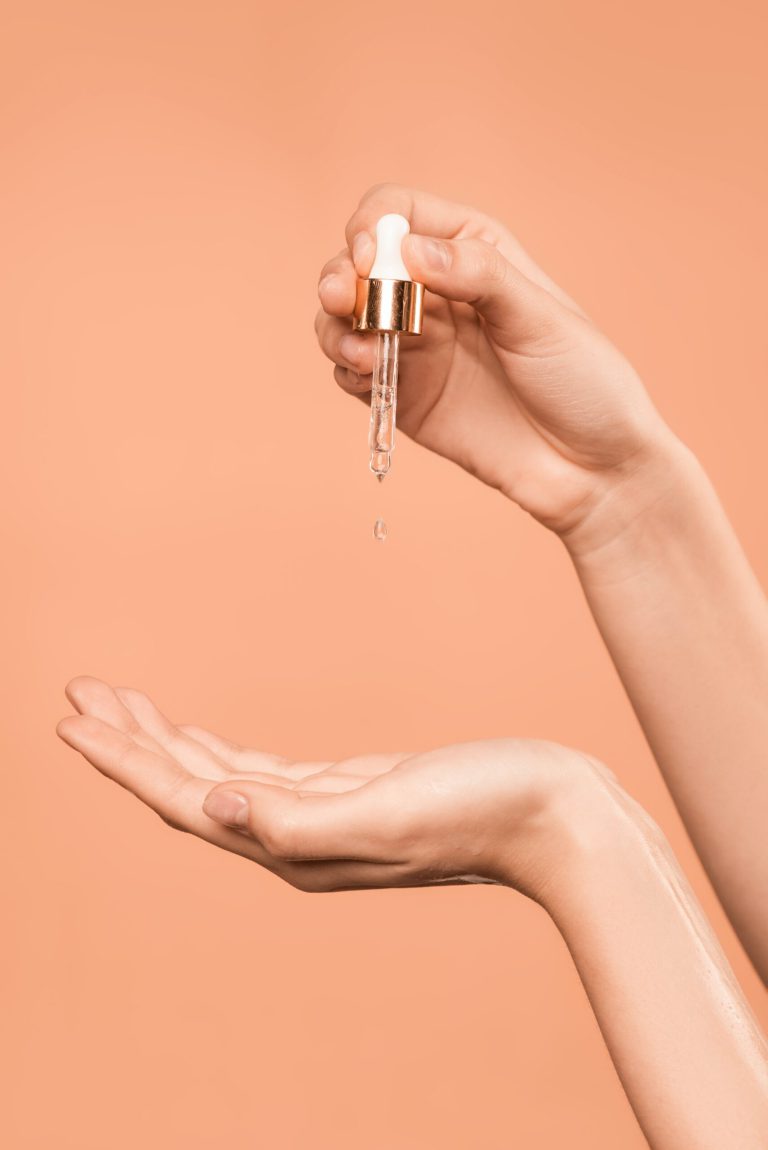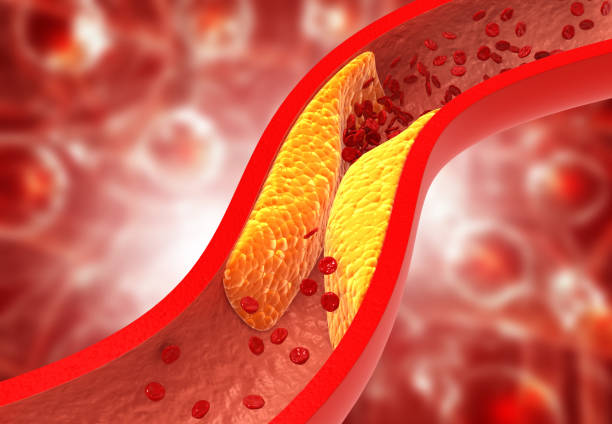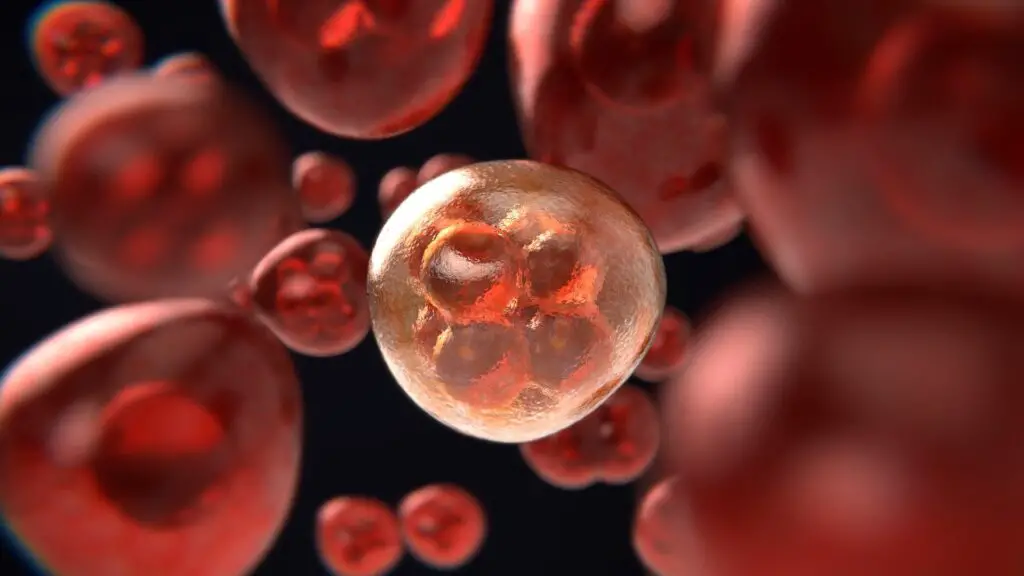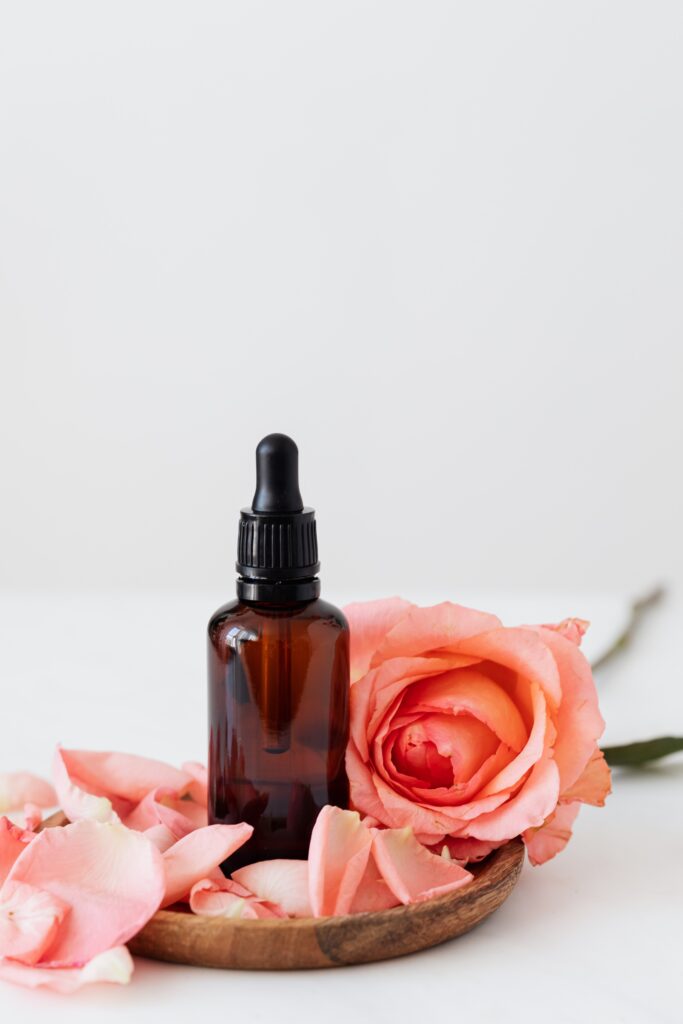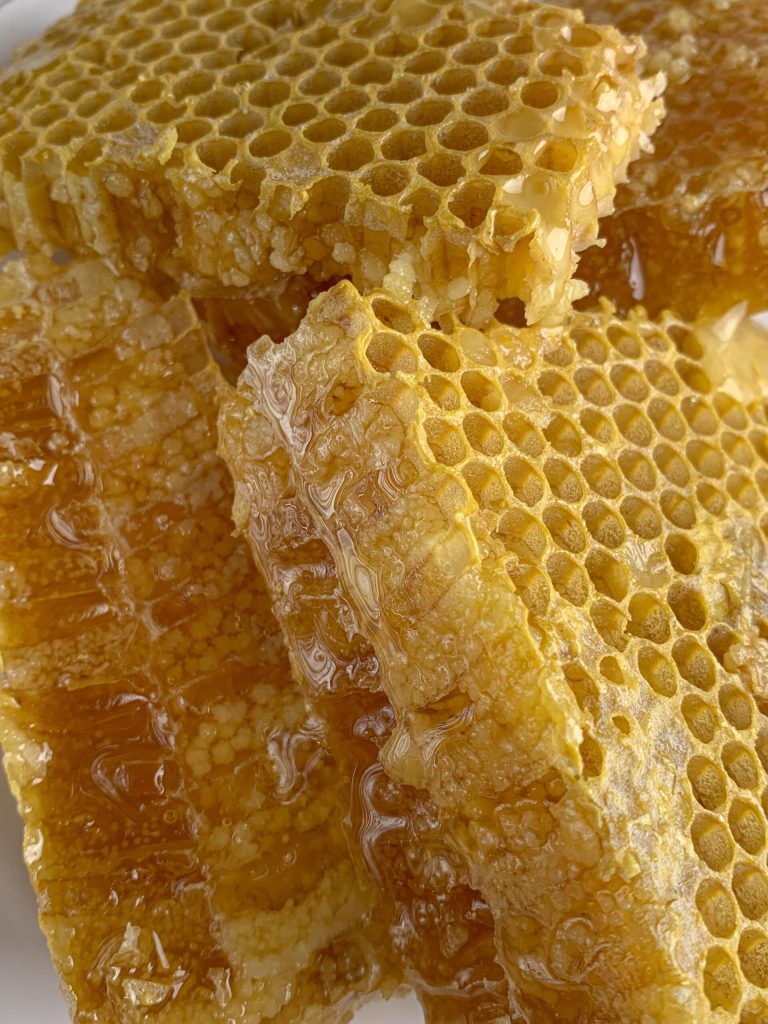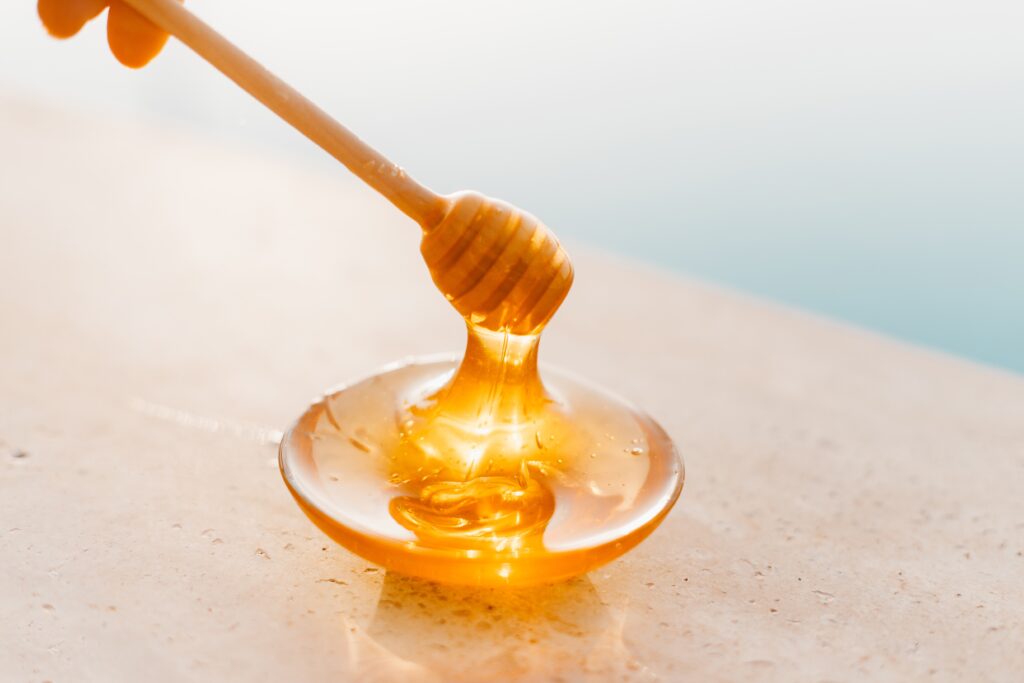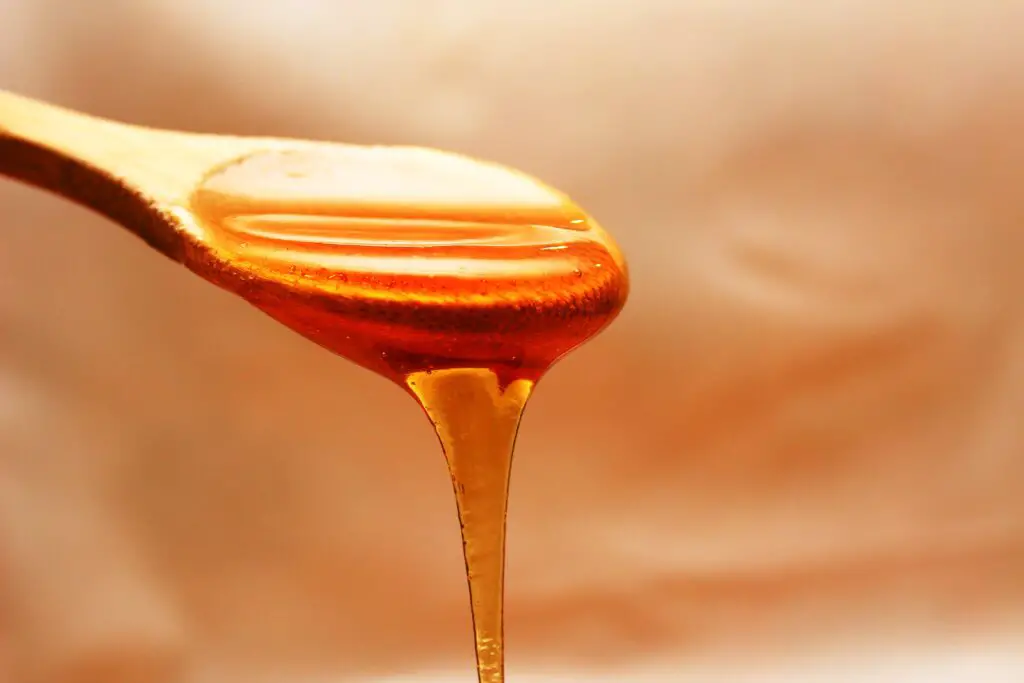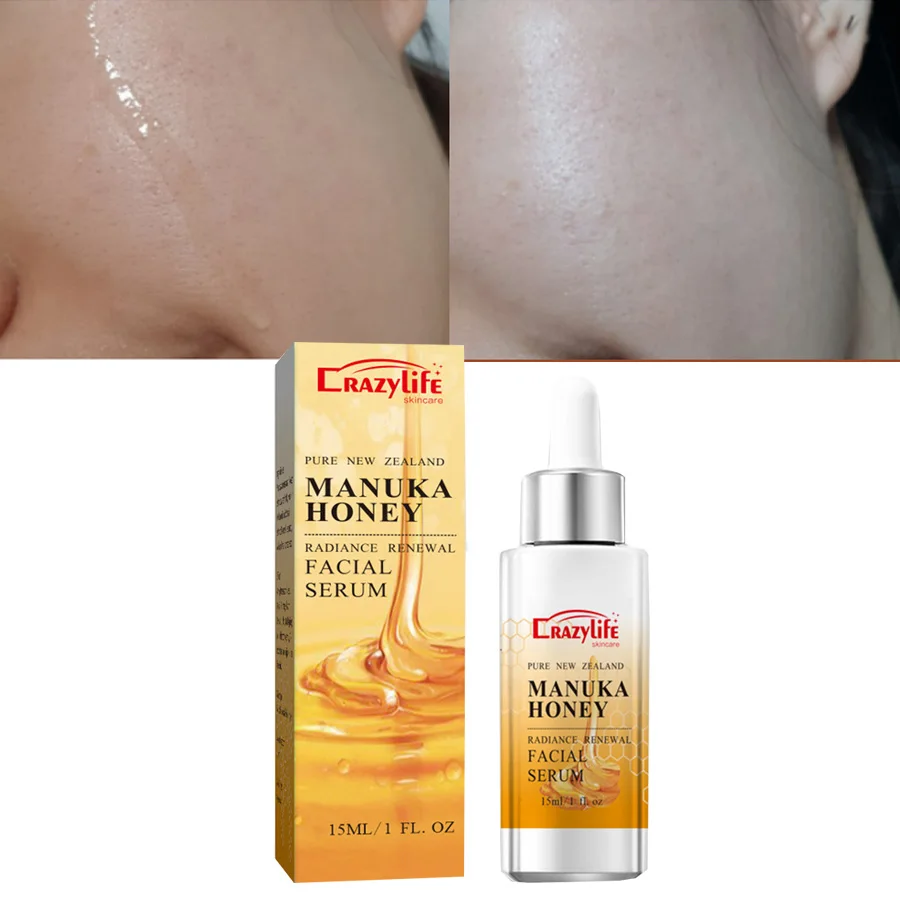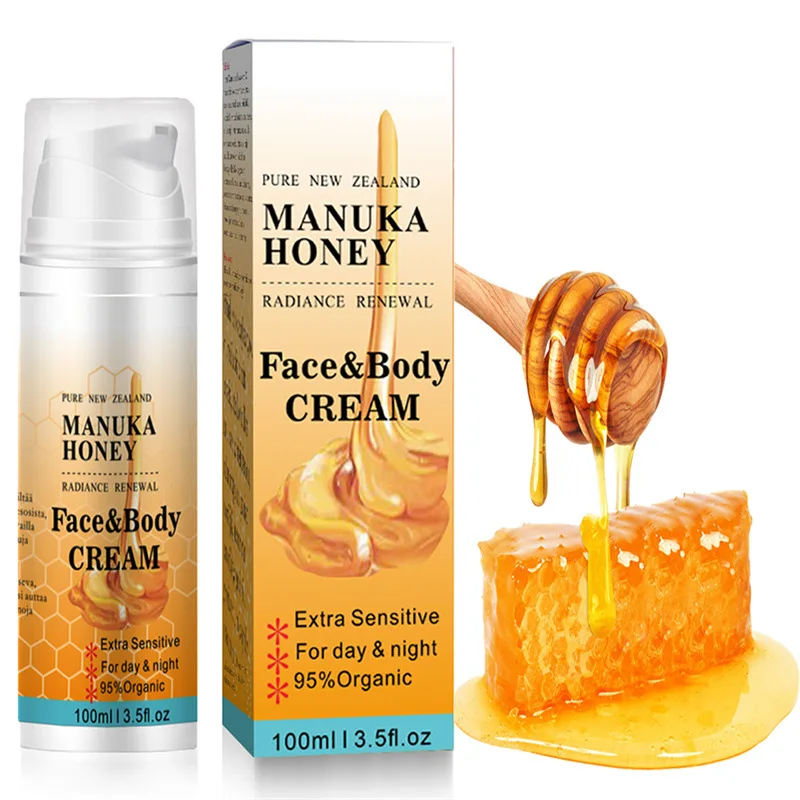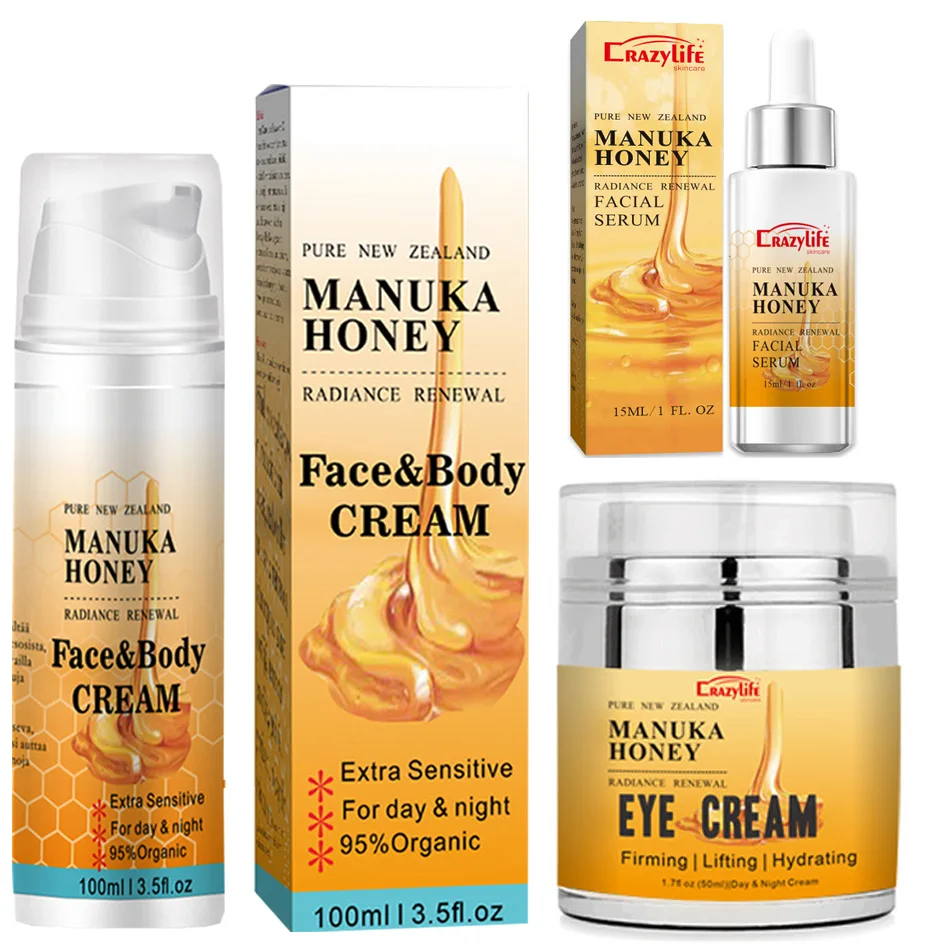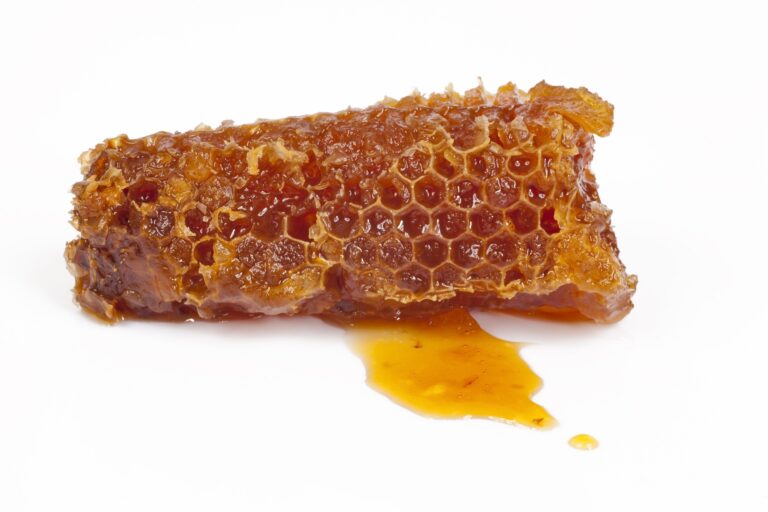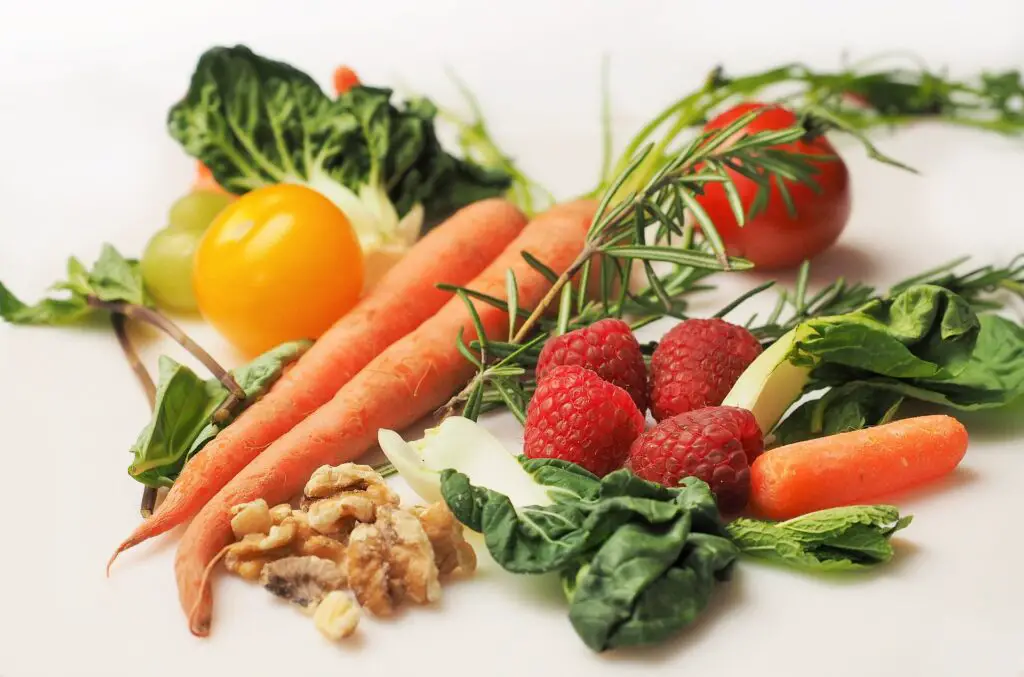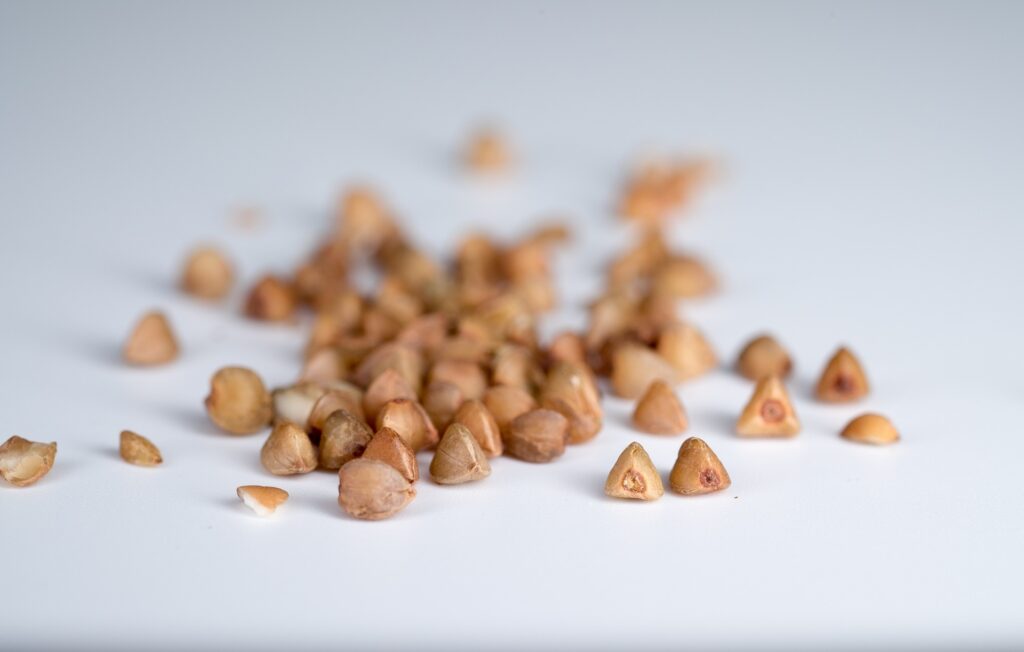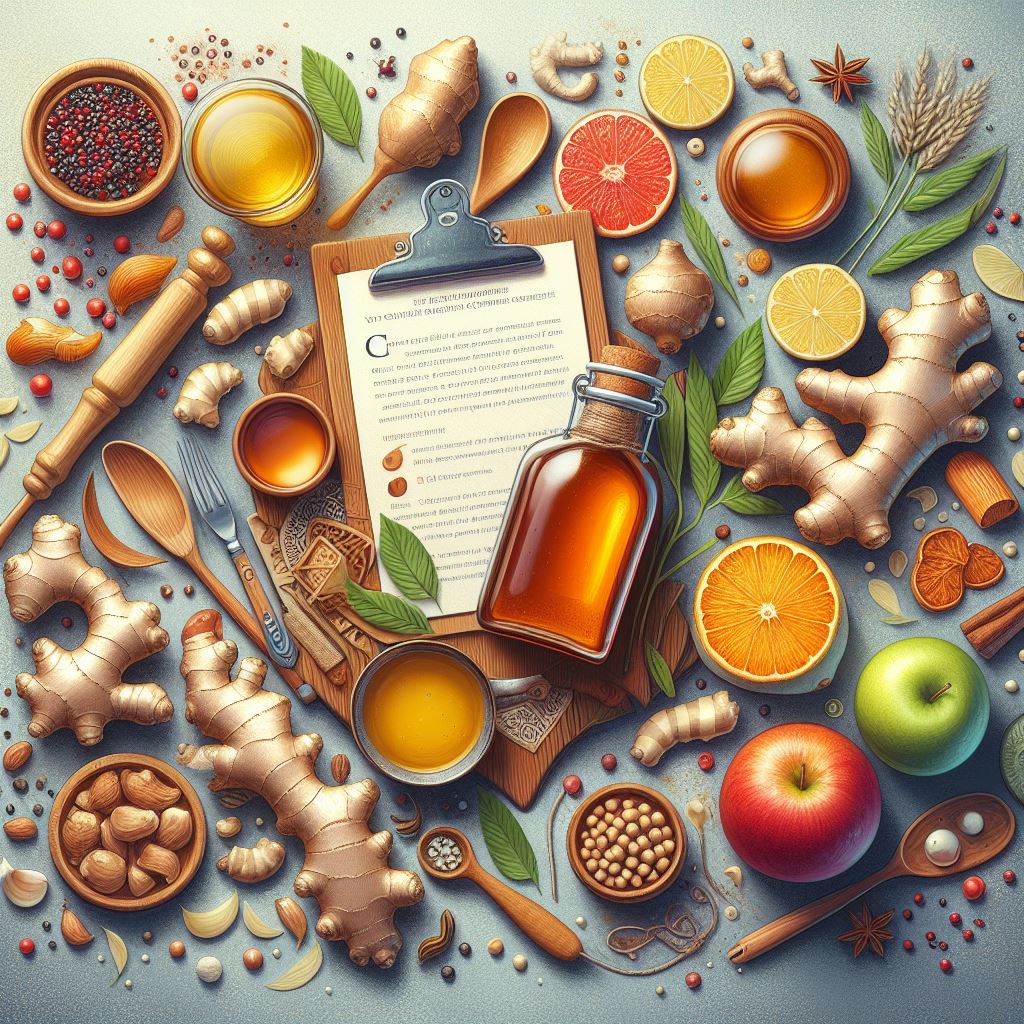Today we’ll tackle an interesting subject – Is our overall mood influenced by our diet?
The answer is…
Yes, food can definitely influence our mood, as what we eat can affect our brain chemistry, which in turn affects how we feel.
For example, when we eat foods that are high in sugar or carbohydrates, our blood sugar levels rise rapidly, leading to a surge in insulin. This can cause a brief period of elevated energy, followed by a crash that can leave us feeling irritable or sluggish.
On the other hand, foods that are high in protein or healthy fats can help regulate our blood sugar levels, which can help us maintain a more stable mood throughout the day. In addition, certain nutrients such as omega-3 fatty acids, magnesium, and B vitamins have been shown to have a positive effect on mood.
It’s also worth noting that our gut microbiome (the collection of microorganisms in our digestive tract) plays a role in our mental health.
Certain foods can promote the growth of beneficial bacteria in the gut, which can have a positive effect on mood and reduce symptoms of depression and anxiety.

Boost Your Mood Naturally

Products rich in tryptophan
Tryptophan is an amino acid that helps in the production of serotonin, known as the happiness hormone.
Foods that are high in tryptophan include bananas, avocados, nuts, tofu, eggs, chickpeas, and fish.
Linseed, also known as flaxseed, is a plant-based food that is a good source of tryptophan. Tryptophan is an essential amino acid that the body cannot produce on its own, and it is important for the production of serotonin, a neurotransmitter that is often referred to as the “feel-good” hormone.
When we consume foods that are high in tryptophan, such as linseed, our body converts it into serotonin, which can help to regulate mood, promote feelings of happiness and well-being, and reduce symptoms of depression and anxiety.
In addition to its role in serotonin production, tryptophan also has other important functions in the body, including the regulation of sleep, appetite, and pain sensation.
Overall, incorporating linseed into your diet can be a healthy way to increase your intake of tryptophan and support the production of serotonin in the body. However, it is important to note that tryptophan should not be used as a standalone treatment for mood disorders, and individuals should always consult with a healthcare professional for proper diagnosis and treatment of any mental health concerns.
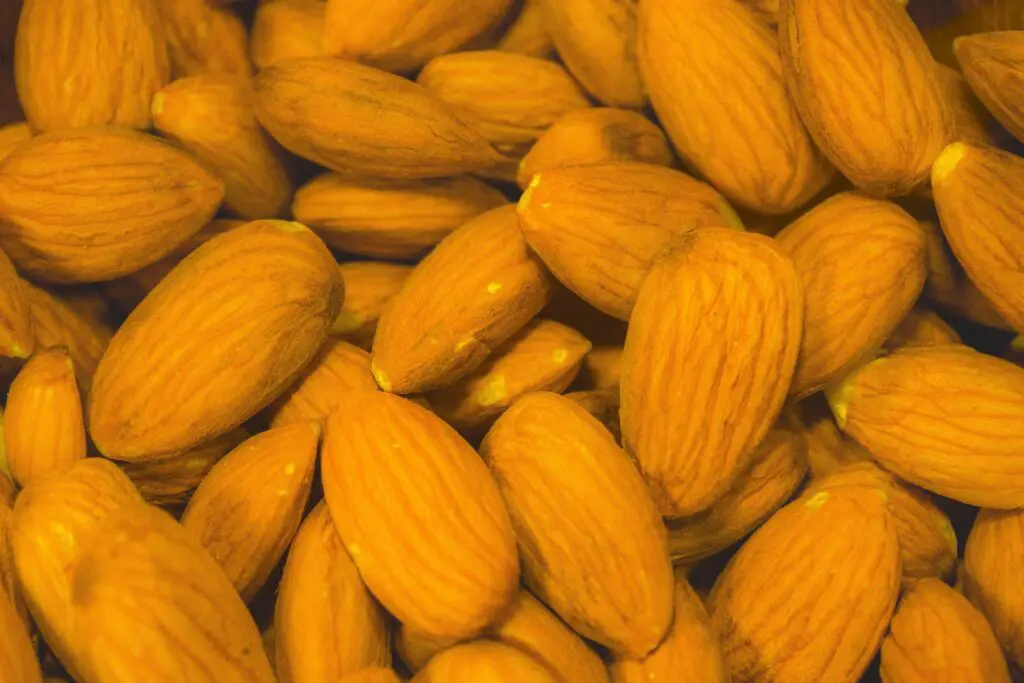
Food rich in magnesium
Magnesium can help reduce stress and improve mood. Sources of magnesium include nuts, seeds, green leafy vegetables, cocoa, and whole grain cereal products.
Magnesium is an essential mineral that is involved in many bodily functions, including the regulation of mood and the prevention of depression. Magnesium plays a key role in the production of neurotransmitters such as serotonin, which is known to regulate mood, and low levels of magnesium have been linked to an increased risk of depression.
Magnesium also helps to regulate the hypothalamic-pituitary-adrenal (HPA) axis, which is the body’s stress response system. When the HPA axis is activated, it triggers the release of cortisol, a stress hormone that can have negative effects on mood and overall health. Magnesium helps to regulate the HPA axis by reducing cortisol levels and preventing the negative effects of stress on the body.
Studies have shown that individuals with low levels of magnesium are at an increased risk of depression and other mood disorders. Supplementation with magnesium has been found to improve mood and reduce symptoms of depression in some individuals, particularly those who have a magnesium deficiency.
Foods that are high in magnesium include leafy green vegetables, nuts and seeds, whole grains, and legumes. However, many individuals do not consume enough magnesium in their diet, and supplementation may be necessary to achieve optimal levels.
Overall, magnesium plays a key role in proper mood management and the prevention of depression. Maintaining adequate levels of magnesium through a healthy diet and, if necessary, supplementation, can help to support positive mood and reduce the risk of depression and other mood disorders. It is important to consult with a healthcare professional before making any significant changes to your diet or supplement regimen.

Fruits and Veggies
Fruits and vegetables contain many nutrients, such as vitamins and antioxidants, which can help reduce stress and improve mood.
Vitamins and antioxidants play an important role in reducing depression and improving mood. Vitamins such as vitamin B6, vitamin B12, and folate, are important for the production of neurotransmitters such as serotonin, dopamine, and norepinephrine, which are involved in regulating mood.
Studies have shown that deficiencies in these vitamins are associated with an increased risk of depression and other mood disorders. For example, low levels of folate have been linked to a higher risk of depression, and supplementation with folate has been found to improve mood in individuals with depression.
Antioxidants such as vitamin C, vitamin E, and beta-carotene, can help to reduce inflammation and oxidative stress in the body, which can contribute to depression and other mood disorders. Oxidative stress occurs when there is an imbalance between the production of free radicals and the body’s ability to detoxify them. This can lead to cell damage and inflammation, which have been linked to depression and other mood disorders.
Studies have shown that individuals with higher levels of antioxidants in their diet have a lower risk of depression and other mood disorders. Additionally, supplementation with certain antioxidants has been found to improve mood and reduce symptoms of depression in some individuals.
Overall, a diet rich in vitamins and antioxidants, including fruits, vegetables, whole grains, and lean proteins, can help to support positive mood and reduce the risk of depression and other mood disorders. It is important to consult with a healthcare professional before making any significant changes to your diet or supplement regimen.

Chocolate
Chocolate – chocolate contains ingredients such as theobromine and phenylethylamine, which can help improve mood and reduce stress.
Phenylethylamine (PEA) is a natural compound that is found in chocolate, as well as in some other foods such as almonds and fermented foods. PEA is known to be a “feel-good” compound that can help to improve mood and reduce stress.
PEA works by stimulating the release of dopamine, a neurotransmitter that is associated with pleasure and reward. It also activates the release of other chemicals in the brain that are involved in mood regulation, such as norepinephrine and serotonin.
In addition to its mood-enhancing effects, PEA also has been shown to have other health benefits. It has been found to have antioxidant properties, which can help to protect cells from damage caused by free radicals. PEA has also been shown to have anti-inflammatory effects, which can help to reduce inflammation throughout the body.
While PEA can be found in certain foods, it is also available in supplement form. However, it is important to note that the effects of PEA supplementation on mood and stress reduction are not yet fully understood and further research is needed in this area. Overall, a healthy and balanced diet that includes foods that are naturally high in PEA, such as chocolate and almonds, can help to support positive mood and reduce stress.

Fermented Food
Fermented food such as kimchi, kefir, and pickled vegetables, can help improve gut health which has an impact on our mood.
Fermented foods are beneficial because they are rich in probiotics, which help maintain the balance of healthy bacteria in the gut.
This balance is crucial for overall health, as the gut plays a significant role in digestion, nutrient absorption, and immune function.
Additionally, fermented foods can help reduce inflammation, which is linked to many chronic health conditions, including depression and anxiety. By consuming fermented foods, individuals can promote a healthy gut microbiome and support their overall well-being.
Conclusion
Our diet plays an important role in our physical and mental health, including our mood. Certain foods have been shown to have a positive effect on mood and reduce stress.
For example, foods that are high in tryptophan, such as bananas, avocados, nuts, tofu, eggs, chickpeas, and fish, can help in the production of serotonin, known as the happiness hormone. Similarly, foods rich in magnesium, such as nuts, seeds, green leafy vegetables, cocoa, and whole grain cereal products, can help reduce stress and improve mood.
Fruits and vegetables also contain many nutrients, such as vitamins and antioxidants, which can help reduce stress and improve mood.
Even chocolate, with its ingredients like theobromine and phenylethylamine, can help improve mood and reduce stress.
By paying attention to our diet and consuming a balanced, nutritious diet, we can support both our physical and mental health, and promote positive mood and well-being.





